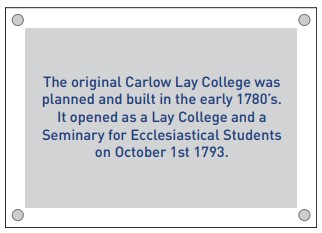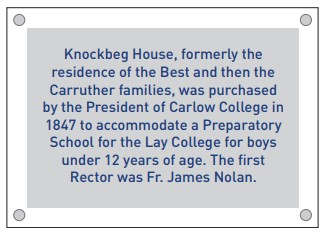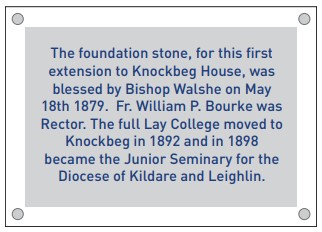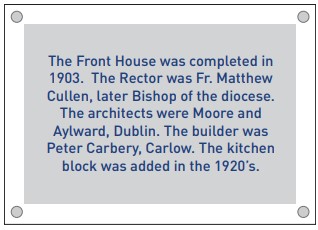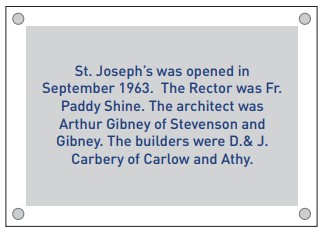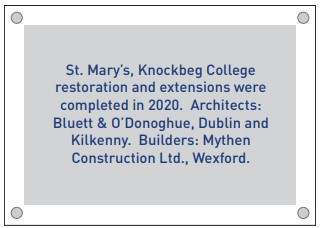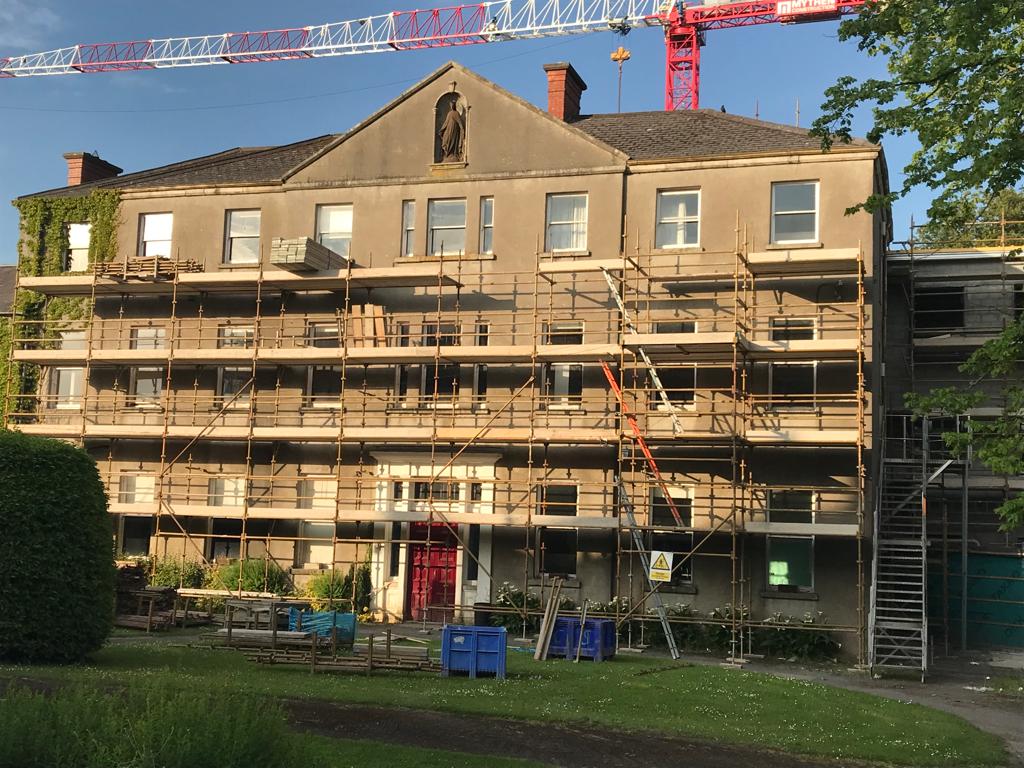Commencement
of New Development
2017
Red hat for Bishop Nulty as €10m college extension gets under way
By Cian Molloy – 13 August, 2017
Work on a €10m renovation and extension of the fee-paying Knockbeg College in Co. Laois officially got under way this weekend when past pupil Charlie Flanagan, now a Fine Gael TD for Laois and Minister for Justice and Equality, turned the first sod at a ceremony at the site on Saturday.
Also present at the event was Bishop Denis Nulty of Kildare & Leighlin, who wore a red hard-hat of the occasion and who described the event as “an historic morning”.
Certainly, St Mary’s Knockbeg can claim to be a historic institution: it can trace its origins back to 1793, when it was established as a lay school for boys with an intake of 40 pupils.
While Coláiste Muire Cnoc Beag, as it is known in Irish, is located in Co. Laois, it lies just across the border from Carlow town, and so draws students from both Counties Laois and Carlow, plus students from nearby parts of Counties Kildare and Wicklow.
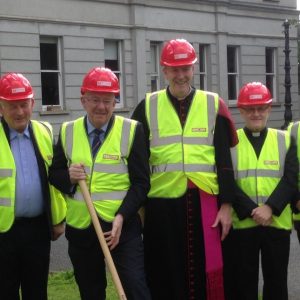
Today, despite the fact that the school’s permanent accommodation is designed for a maximum capacity of 280, the college has a student intake of 423 boys. For many years, the school has had to rely on temporary prefab buildings to provide much-needed classroom space, but this new development will greatly extend and modernise facilities.
Indeed, the Diocese of Kildare & Leighlin says the renovation will “bring Knockbeg into the 21st century”. Speaking to the Leinster Express newspaper in July, when building contracts were signed, college principal Mike Carew said that at the heart of the school complex was a house dating from the 1840s, which has been greatly extended but never modernised.
“Any past pupil would describe it as old and cold,” he said. “I have the utmost admiration for staff, some of whom have worked here for 30 years in cold, damp conditions. During the freezes of 2010 and 2011, some of the rooms were no warmer than 4 degrees. It has leaky windows and walls and no insulation. I am delighted we will be finally able to give the teachers and pupils the building they deserve.”
Minister Flanagan is said to have provided great support in securing the necessary Department of Education funding for the work to go ahead. In a Tweet, the Minister remarked that not only did the college provide a great education, it also produced great footballers. Among its alumni are the GAA players Chris Conway and Tommy Murphy, and former GAA Presidents Liam O’Neill and Hugh Byrne. Minister Flanagan is not the college’s only political ‘old boy’ either, as its past pupils include James Fintan Lalor, Kevin O’Higgins, William Hoey Kearney Redmond and Paddy Lalor.
The extension and renovation works are due to be completed by 2019.
Bluett and O’Donoghue Architects
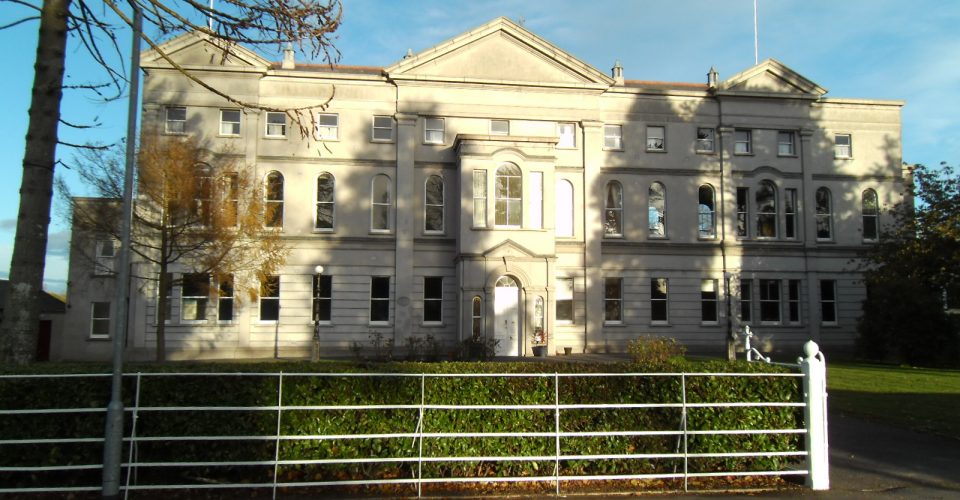
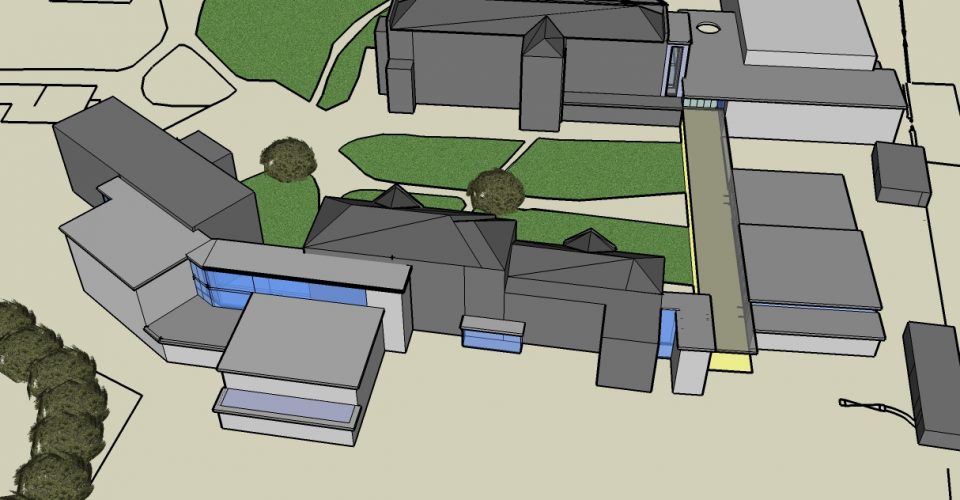
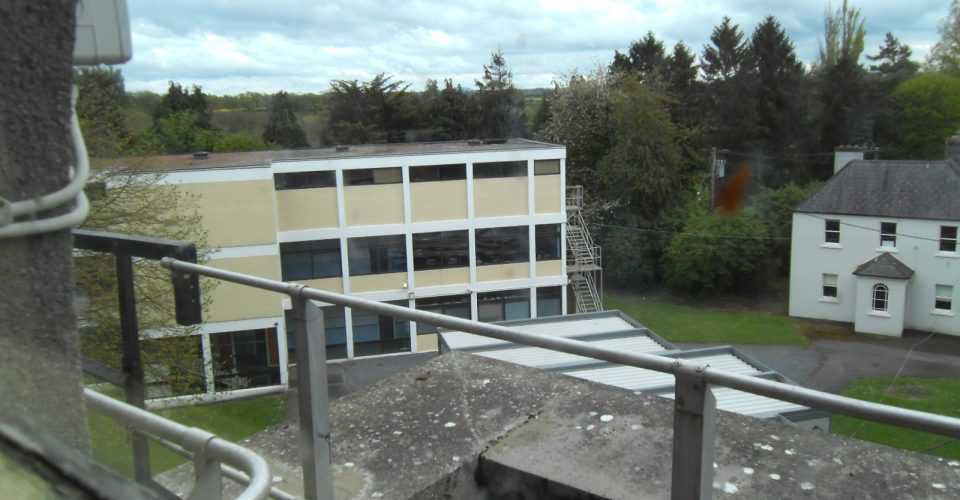
Development at St.Mary’s Knockbeg college required the integration of various floor levels of the existing building. A model study was prepared to review floor level relationships (existing and new). The final scheme allowed the linking of all levels to the full rear block with a single lift installation. Phasing requirements needed careful consideration at pre-tender stage. There was a requirement that the college would continue in use as a live educational establishment throughout the works. This was achieved using a combination of phasing and some demountable buildings. One of the aims of the new development was to create a new stronger access linking the various elements of the college.
Martin Peter Accociates, Civil & Structural Engineering Services
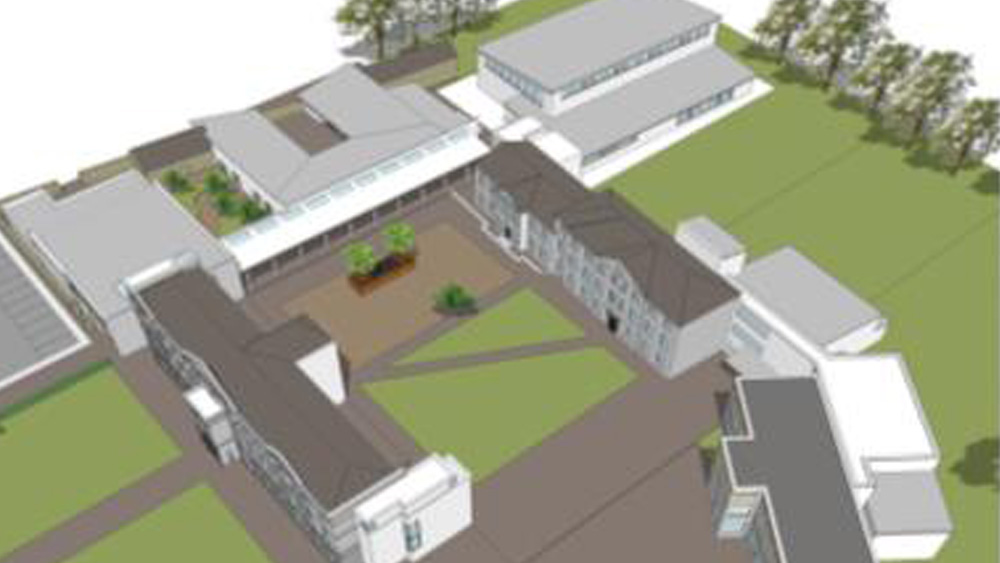
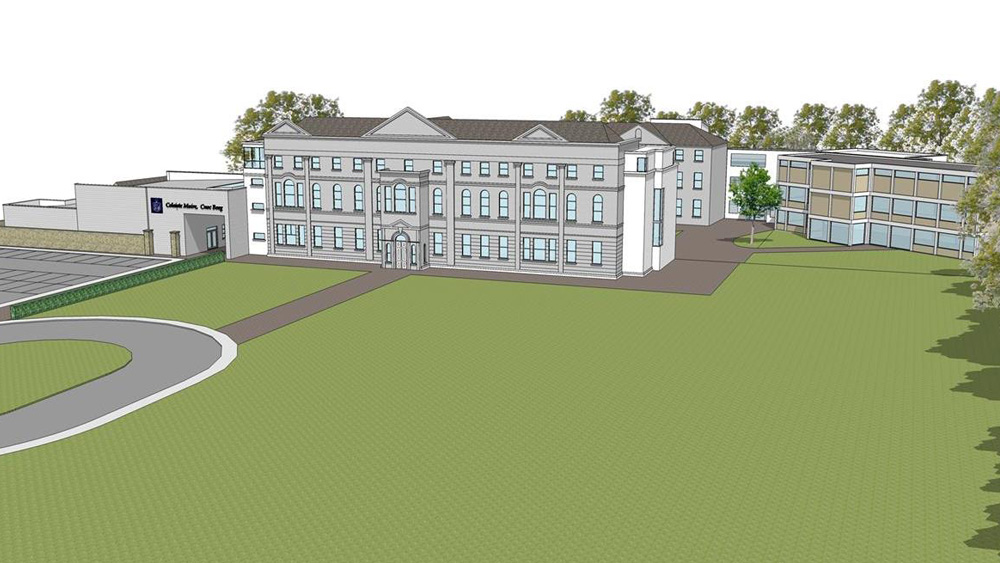
This project involves the extension and refurbishment of Knockbeg College, an historical school campus on the border between Carlow and Laois. Established in 1793 the school is the oldest Catholic post primary school for boys in Ireland. The project includes the construction of some 2,440m2 of new build, some 2,590m2 of refurbishment and the demolition of some 1,200m2 modern extensions to the various Protected Structures. The project budget includes an allowance of approximately €2.1m for the conservation, refurbishment and alternation of 4 No. protected structures including the 1780’s Knockbeg House, a 1800’s extension to Knockbeg House, a 1900’s three storey block and a 1960’s Building.
The work included significant investigation and due diligence in the existing structure including material analysis and structural assessment. Due to the age and scale of the site significant resources were applied to site investigation, CCTV surveying and GPR / Utility mapping. The project also included dry rot treatment strengthening of existing floors and roofs. The development of a new priority controlled site access junction and new car parking area for up to 50 cars is also included. The drainage strategy is based around sustainable principles incorporating permeable paving, infiltration devices and attenuation with outfall to arterial drainage. The project also involves the construction of fire water retention tanks, ball courts and play area.
Mythen Construction, Builders
The works include refurbishment to three protected structures (the eighteenth century former Knockbeg House and 1870s extension, together with additional 1964 protected structure) totalling 5,502sq.m, plus demolitions of 2,587sq.m and a proposed extension of 3,227sq.m.
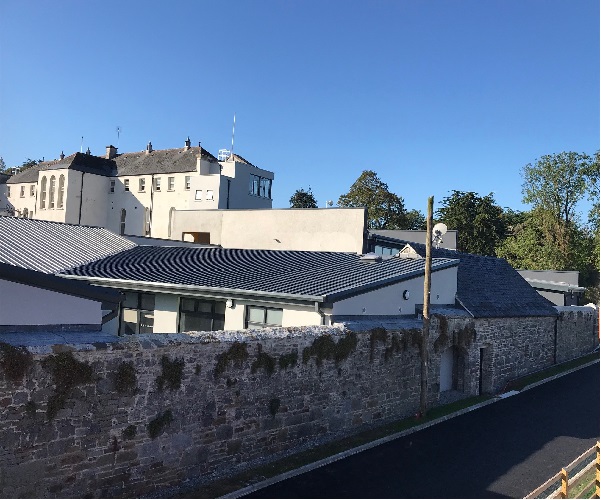
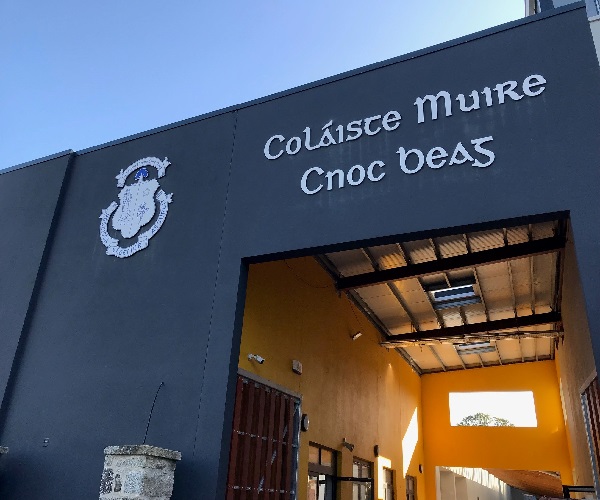
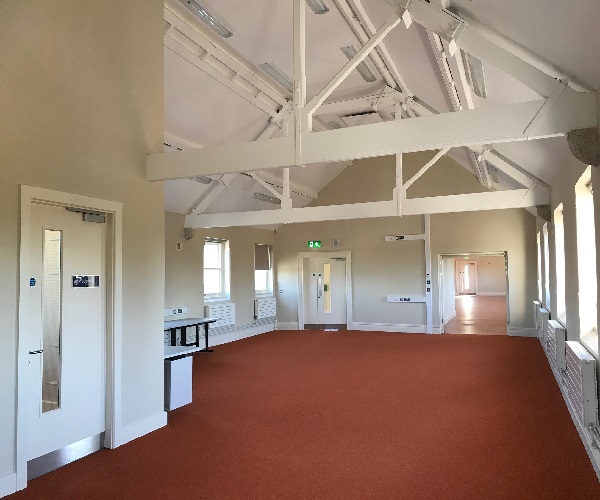
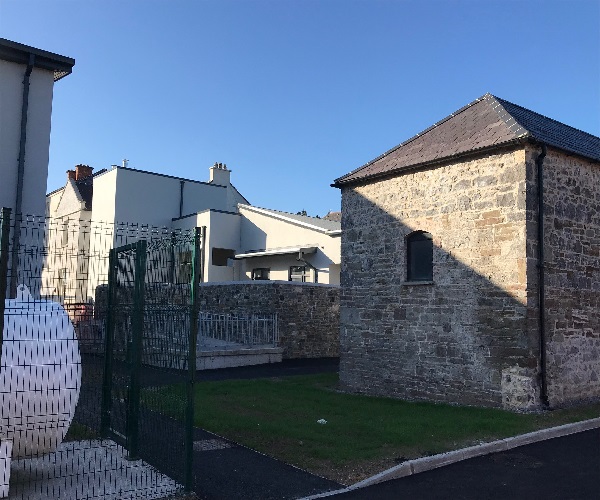
Time moves slowly , but passes quickly.
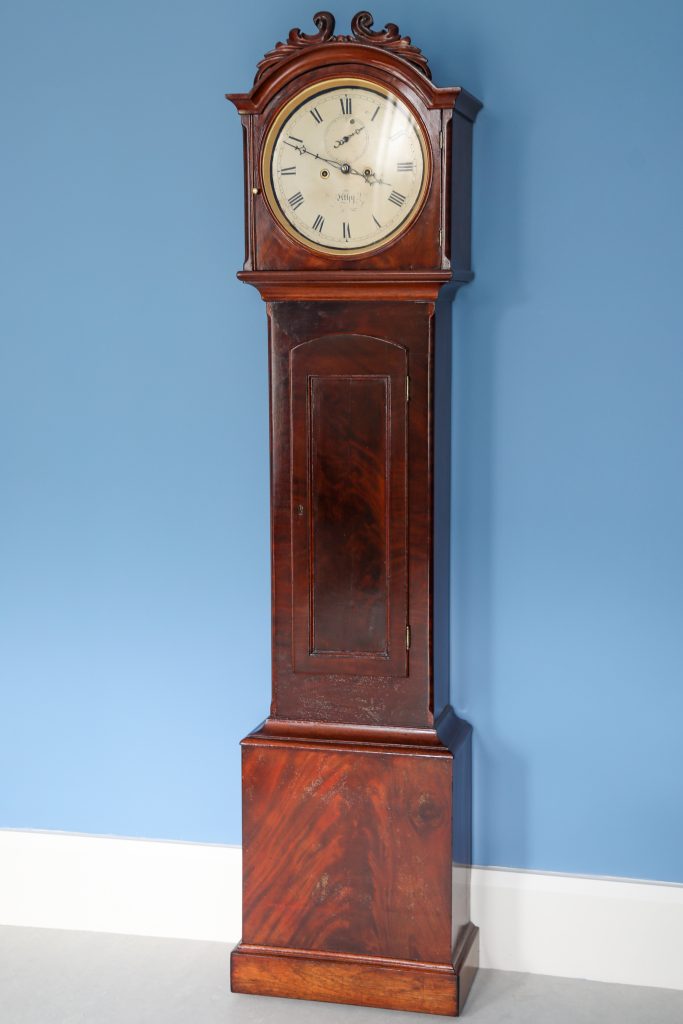
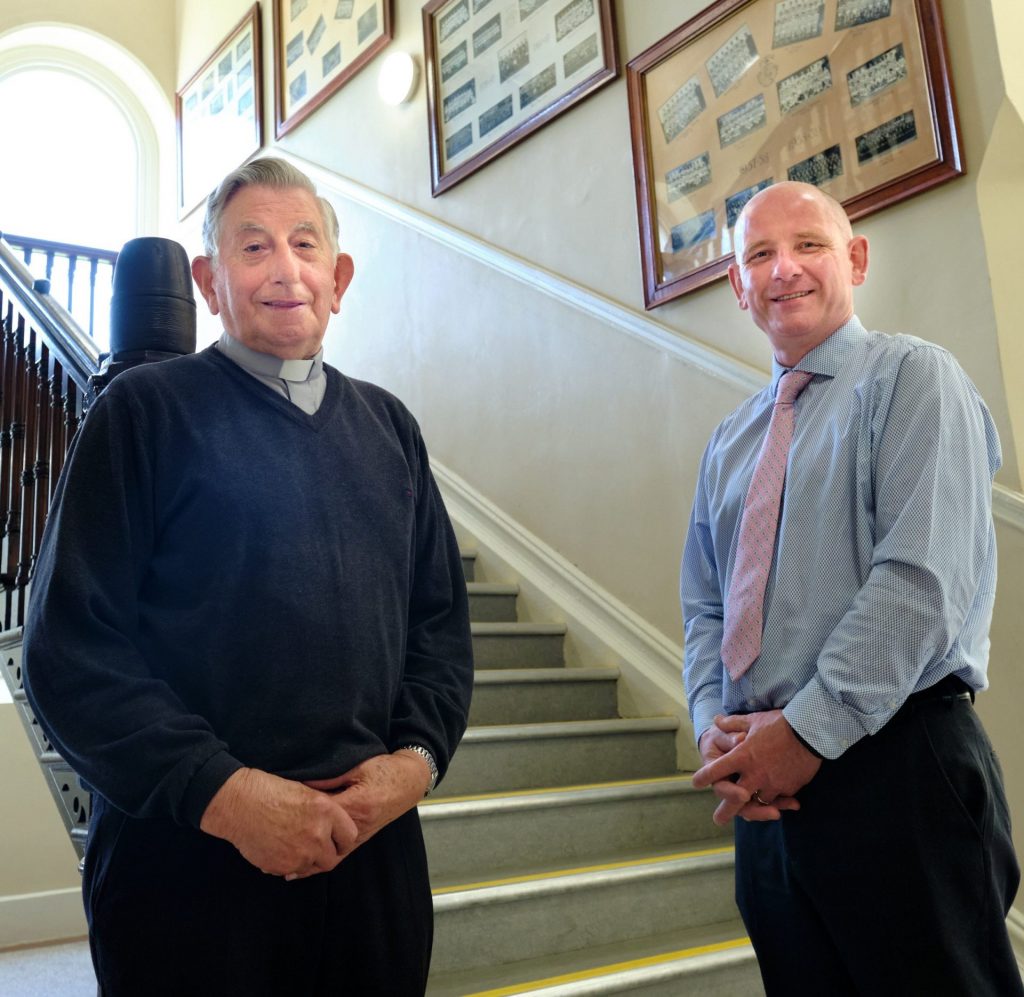
Former rector of Knockbeg College Monsignor Brendan Byrne with school principal Michael Carew
A GRANDFATHER clock ticks steadily and patiently in a reception room in Knockbeg College. It’s been ticking the time away, year in, year out, since it was brought to the school in 1820.
“It’s very old,” says Mgr Brendan Byrne as we listen to the steady thrum of time passing.
For almost 200 years, the timepiece has remained unchanged, while all around it the school has stretched and grown, adopting and changing to meet contemporary times.
The original Knockbeg House had been added to, with extensions of classrooms and a massive gym at various stages over the past few decades. The original buildings, dating from the 19th century, remained largely untouched until they grew old and rattled with the cold in wintertime.
A change had to be made. A complete renovation was needed; one that would bring the school right up to modern times. In 2017, the board of management got the green light for a complete overhaul of the school, to the tune of €10 million. And while it probably could have been easier to knock the whole thing down and start afresh with an entirely new campus, it was decided to keep the original Knockbeg House and its sister house with its stately façade, as well as a classroom block that was designed by famed architect Sam Stephenson in 1963.
It was up to Bluett and O’Donoghue Architects to retain the elegance of the old school, while also creating a campus that would meet 21st century needs.
Mgr Byrne has been part of Knockbeg life since he was a boy. He came to the school in 1949 as a boarder from Knockananna in Co Wicklow. He then studied for the priesthood in Maynooth College and returned to Knockbeg in 1963 to teach, while he was also rector and school principal until 1989. He’s now a trustee of the esteemed college and is deeply liked and respected by the teachers and staff.
He and principal Michael Carew are justifiably proud of the new school, which is just days away from admitting the boys for the new term.
The first 16 of the 18 rectors in the history of Knockbeg were also the school’s principals, but that changed in 1995. Mr Carew is the third lay principal, being preceded in that position by two past pupils, John Curtis and Cyril Hughes.
Knockbeg is a still diocesan college and is under the patronage of the Bishop of Kildare and Leighlin.
The school started in the buildings now known as Carlow College back in 1793. Although it was initially a lay college, it was decided to take clerical students, too, and so it became a priest-training college as well as a school for boys. The demand for school places began to outstrip the space that they had in Carlow town, so in 1857 Knockbeg House, just a few miles away in Co Laois, was bought. By 1892, the entire non-clerical staff and students were ensconced in Knockbeg, while Carlow College continued as a seminary.
Enormous changes took place in the early years of the last century, particularly under the rectorship of Fr PJ Doyle. Cricket and rugby were replaced by hurling and Gaelic football, while the Irish language was promoted. Indeed, Knockbeg became a safe house and a meeting place for many rebels during the War of Independence.
Times moved on and a new society in Ireland was created. The introduction of free secondary education and school transport meant that boarding schools were not as popular as before and, in 1985, the school was opened to day boys. By 2011, the days of Knockbeg College being a boarding school were over.
The renovation has shone a light on school’s architectural history. The old boundary walls of the estate have been stripped of ivy, while a disused coach house looks ready to take on any four-legged visitors, thanks to conservation architect Michael O’Boyle. The builders also discovered a series of recesses set deep into one of the walls. They look like little cubbyholes but, in fact, they’re bee boles, created to encourage bees to make their homes there.
Another beautiful historical feature is the college chapel, which has been fully refurbished.
The new extension covers the entire old farmyard area and includes a gym and sports hall, two ASD units that have sensory rooms and gardens, a new canteen, music room and a new three-storey block that overlooks the beautiful River Barrow, where generations of youngsters swam.
Outside, added to the four existing football pitches are four new basketball and tennis courts.
And where generations of boarders once slept under the rafters of Knockbeg House, the dormitories have been turned into classrooms, science labs, a library and a study hall. The corridors are lined with photographs and records of past pupils, a pictorial record of the past 120 years of academic and sporting achievements.
The house has been gracefully restored and the magnificent façade of the front house has been returned to its stately self.
It’s just two days before the class of 2021 begin their new school term. The staff were working away, putting last-minute touches to the classrooms, while parents dropped in to pick up books.
The grandfather clock is still ticking, steady and evenly, as it witnesses a new generation of boys into the Knockbeg fold.
By Elizabeth Lee
A Big Project gets underway
A number of rooms were demolished – beginning with the gym while ‘Frankie Lyons’’ laboratory was also knocked down.
As part of the works, three listed buildings were restored. This includes Knockbeg House at the front of the school which dates all the way back to 1847.
It also includes a wing, known by those who attended the school as ‘Siberia’, which was built in 1963.
While two new three story classroom extensions were built, including a double autism unit which have sensory rooms and gardens.
There is also a new canteen and a music room. As well as that there are four new basketball and tennis courts.
The dormitories are no more and have been turned into classrooms, science labs, a library and a study hall.
The first of the extensions was completed in September 2019 while the entire project was finished soon after.
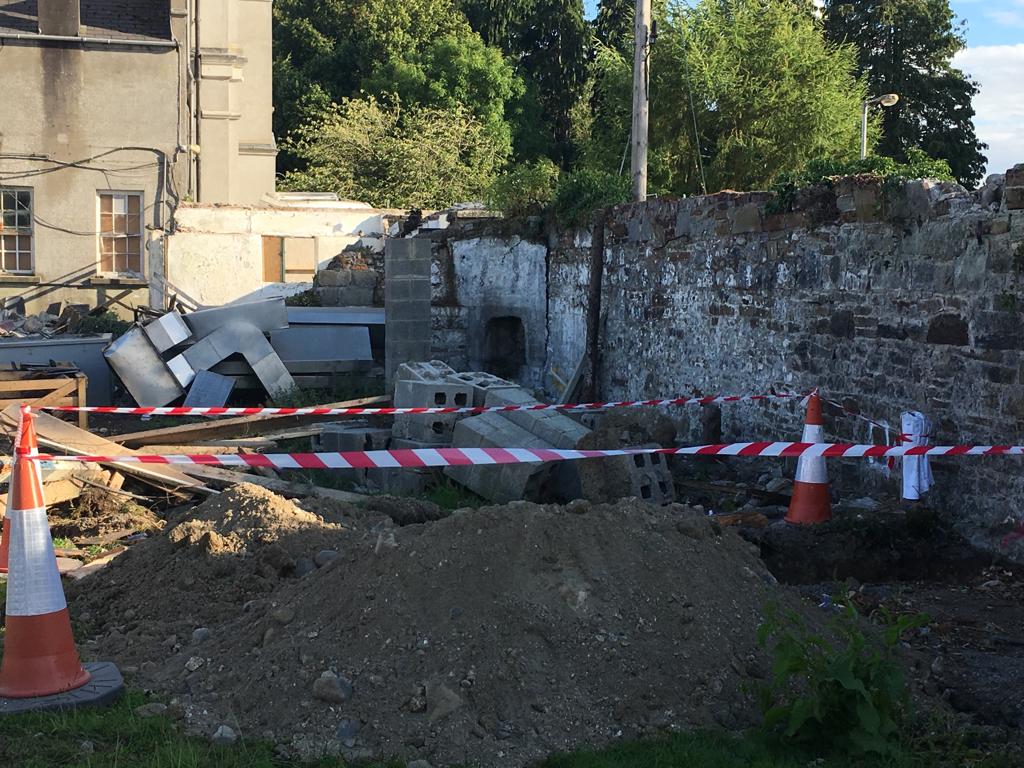
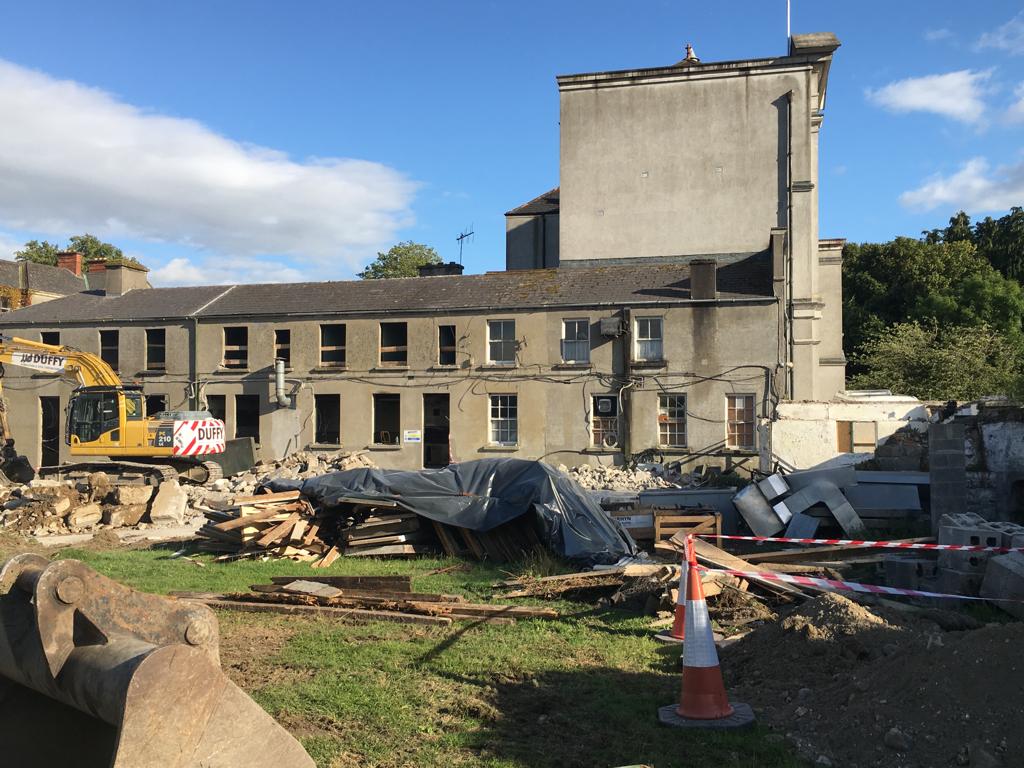
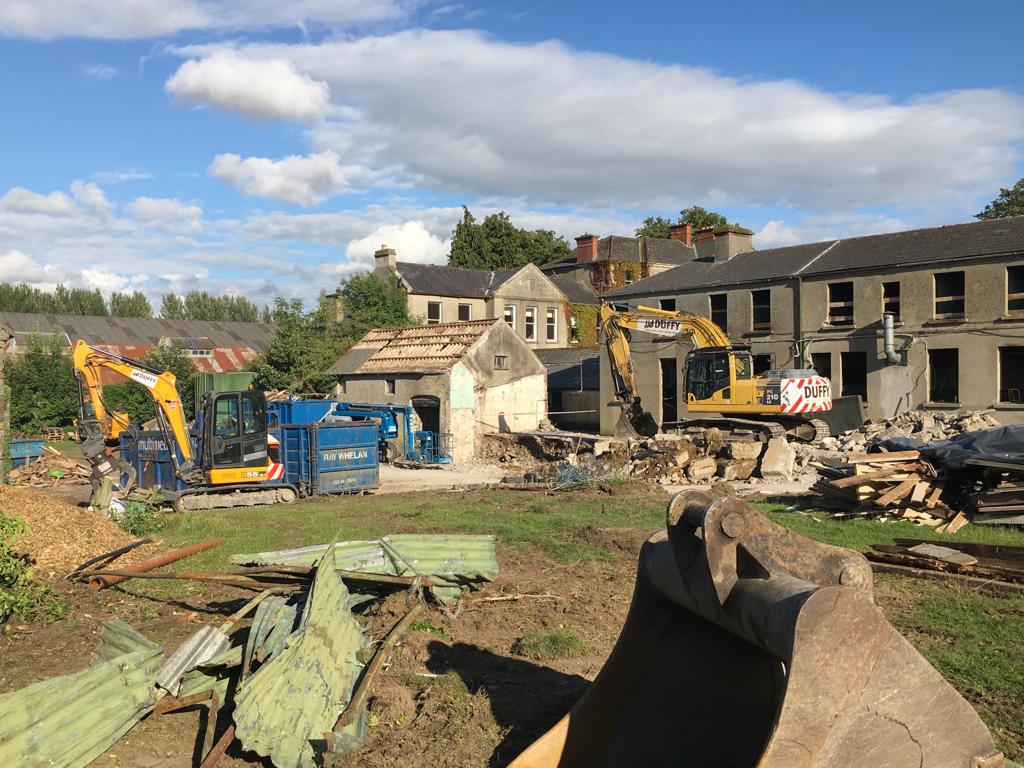
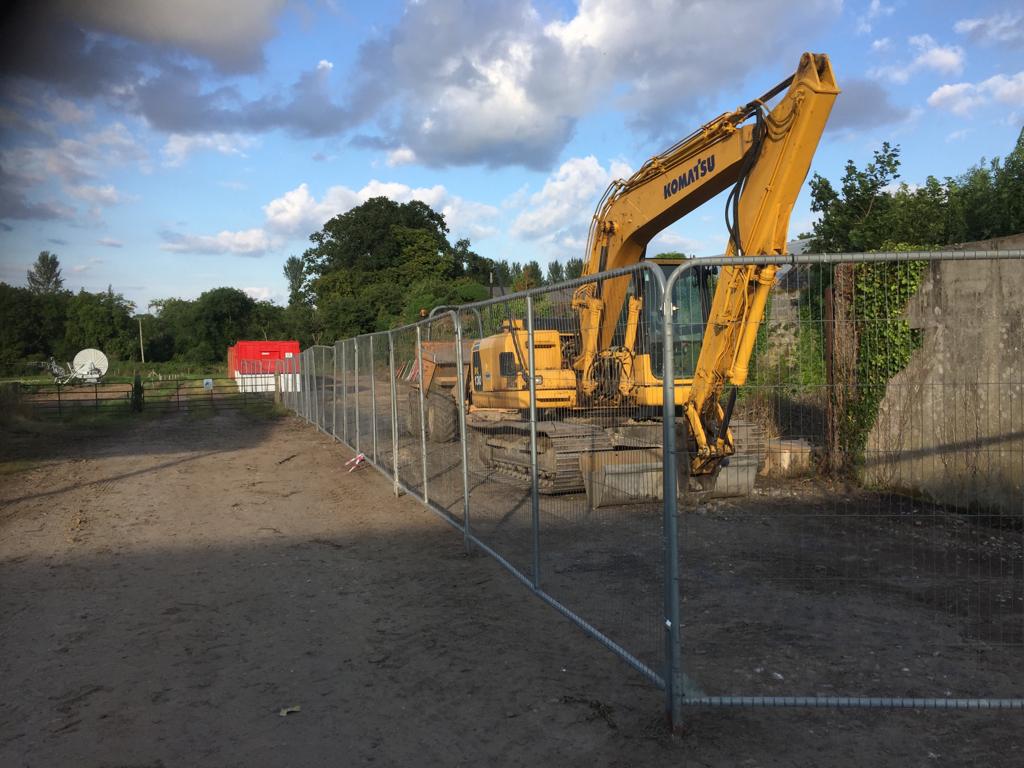
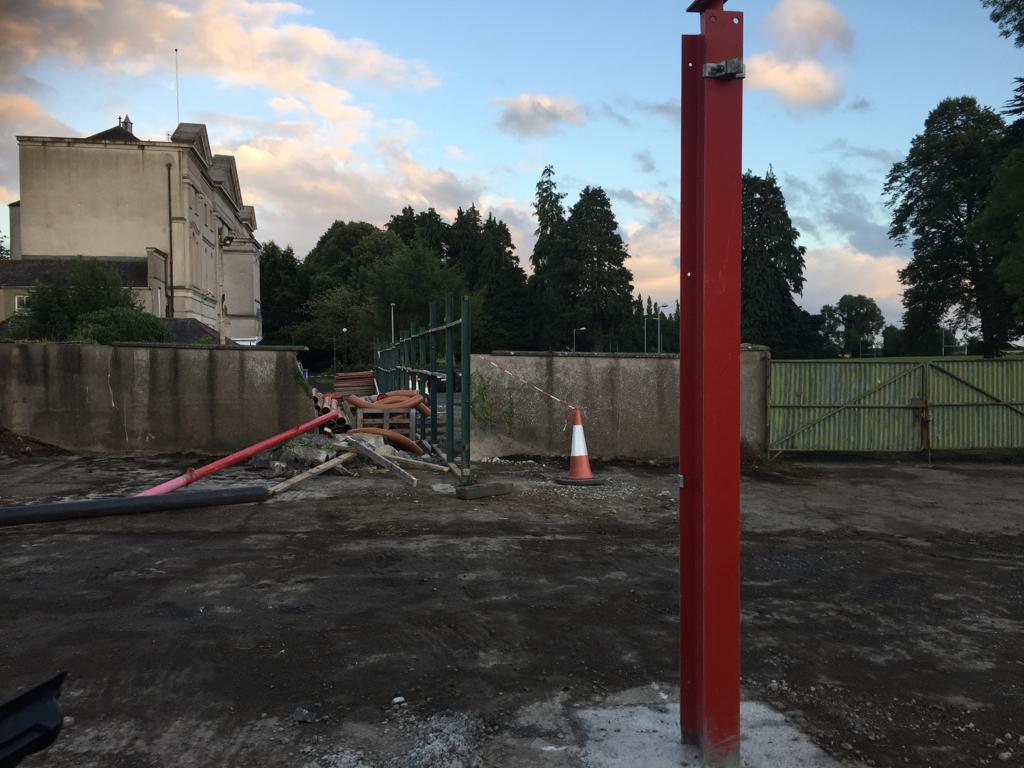
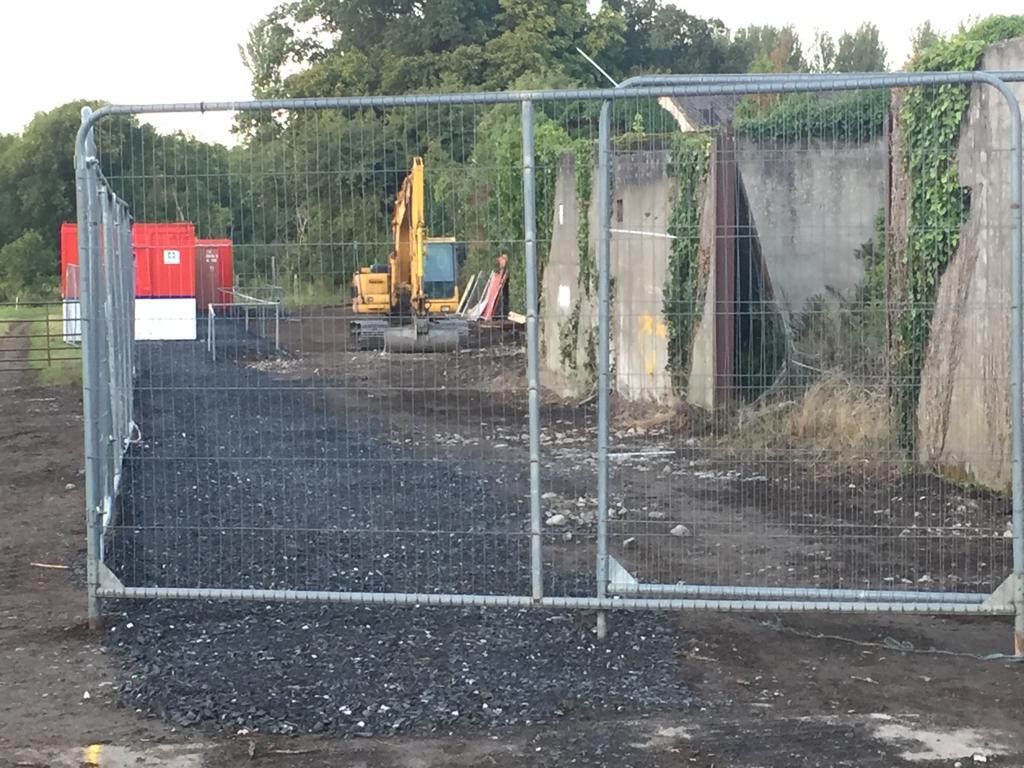
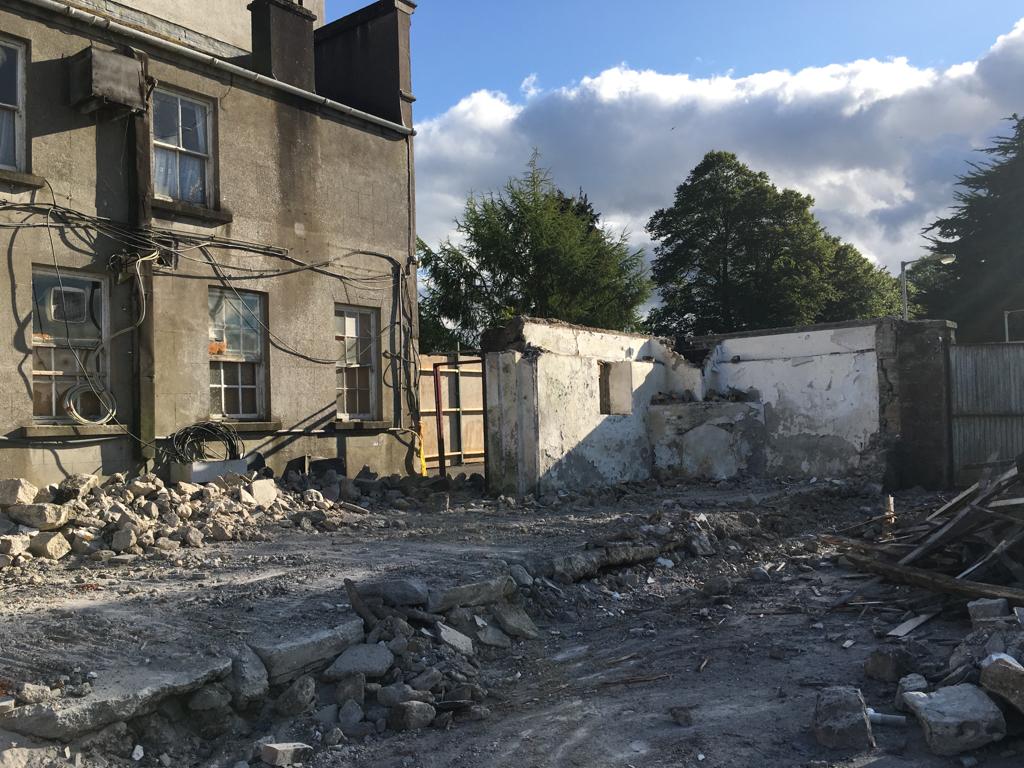
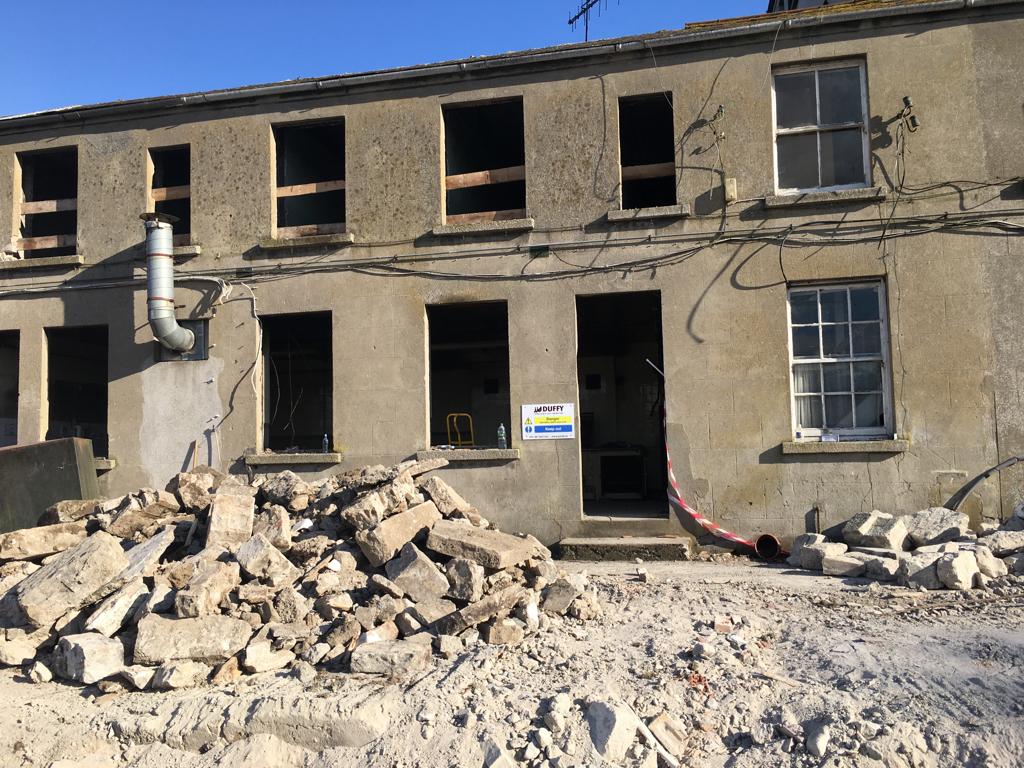
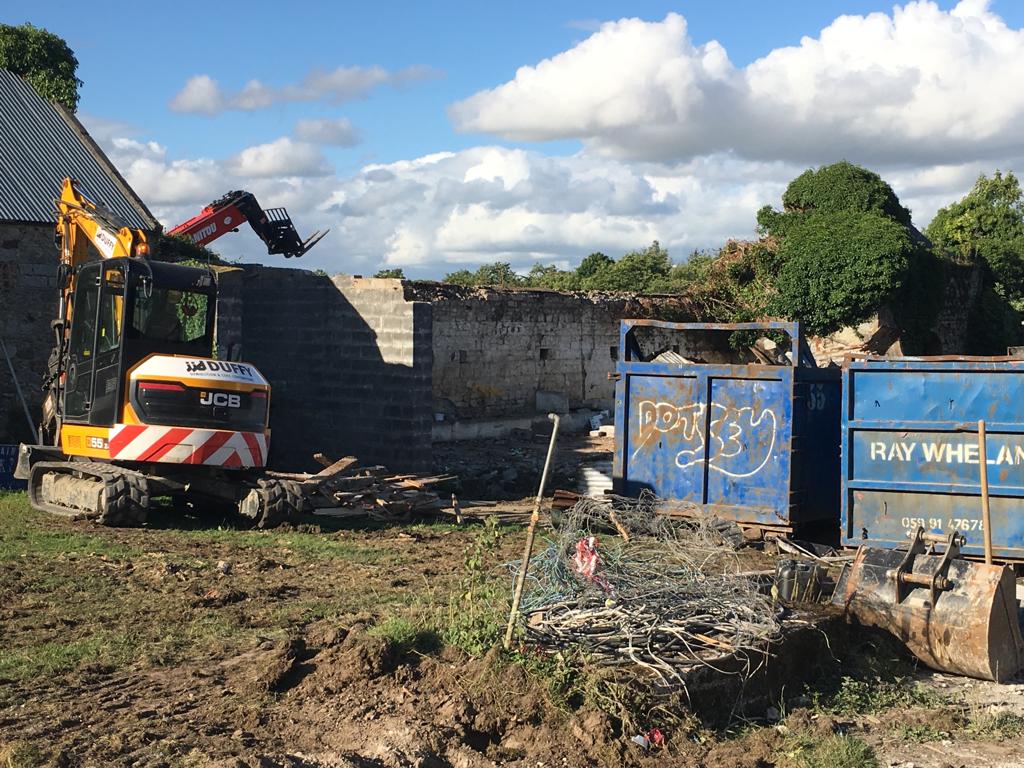
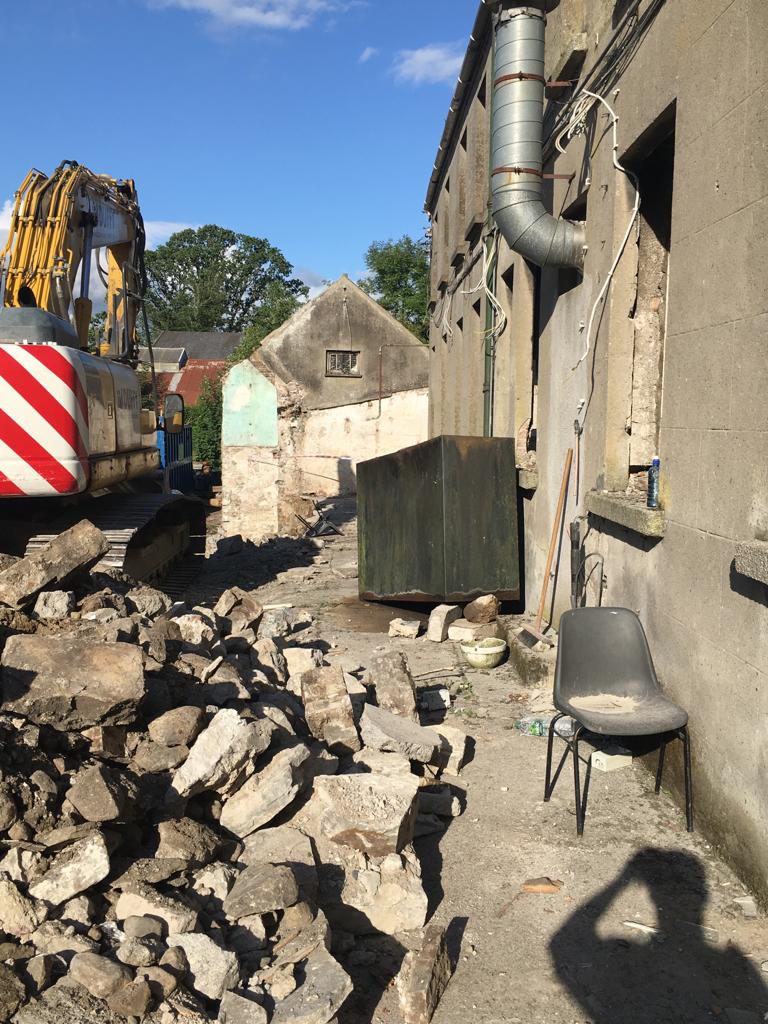
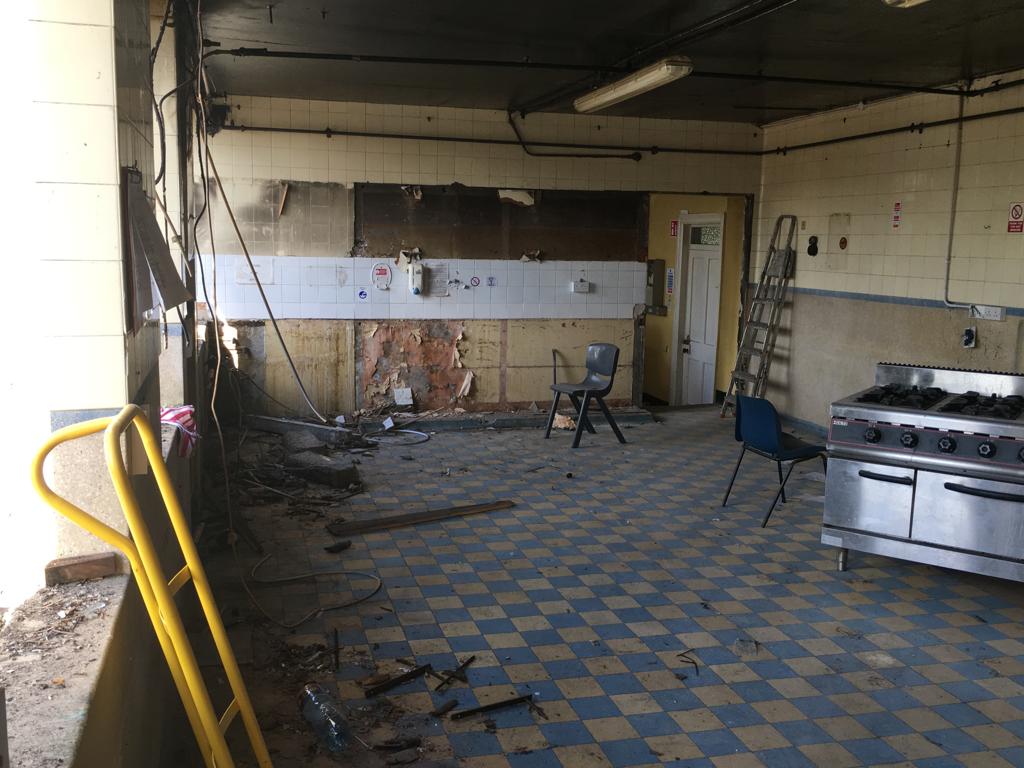
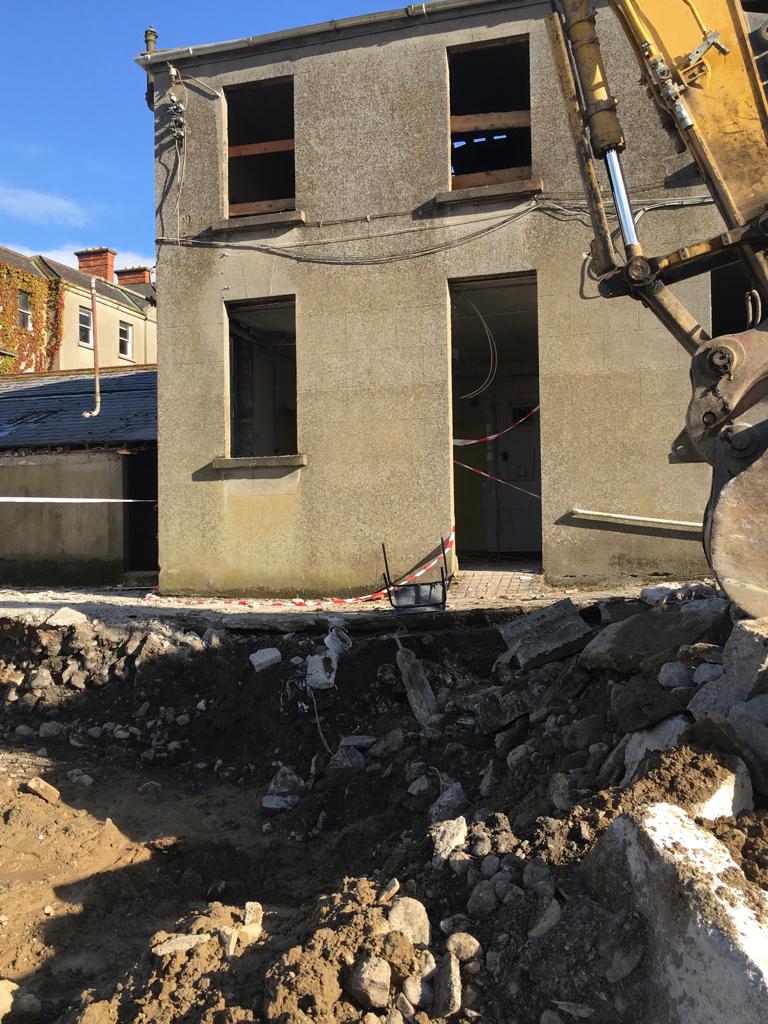
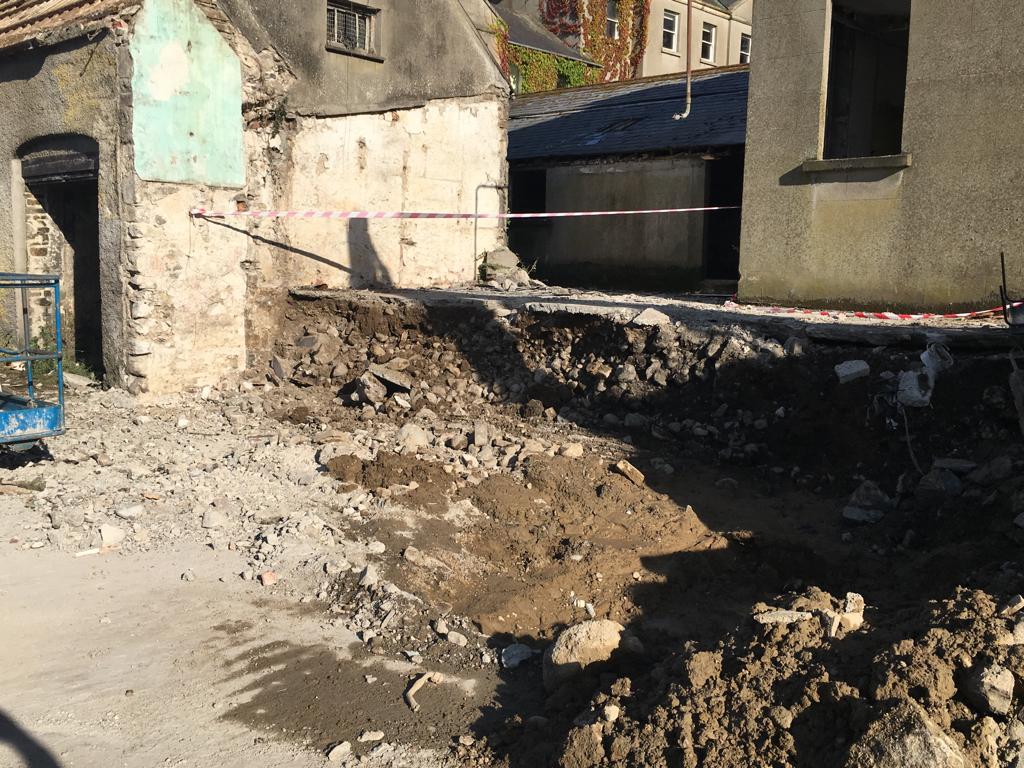
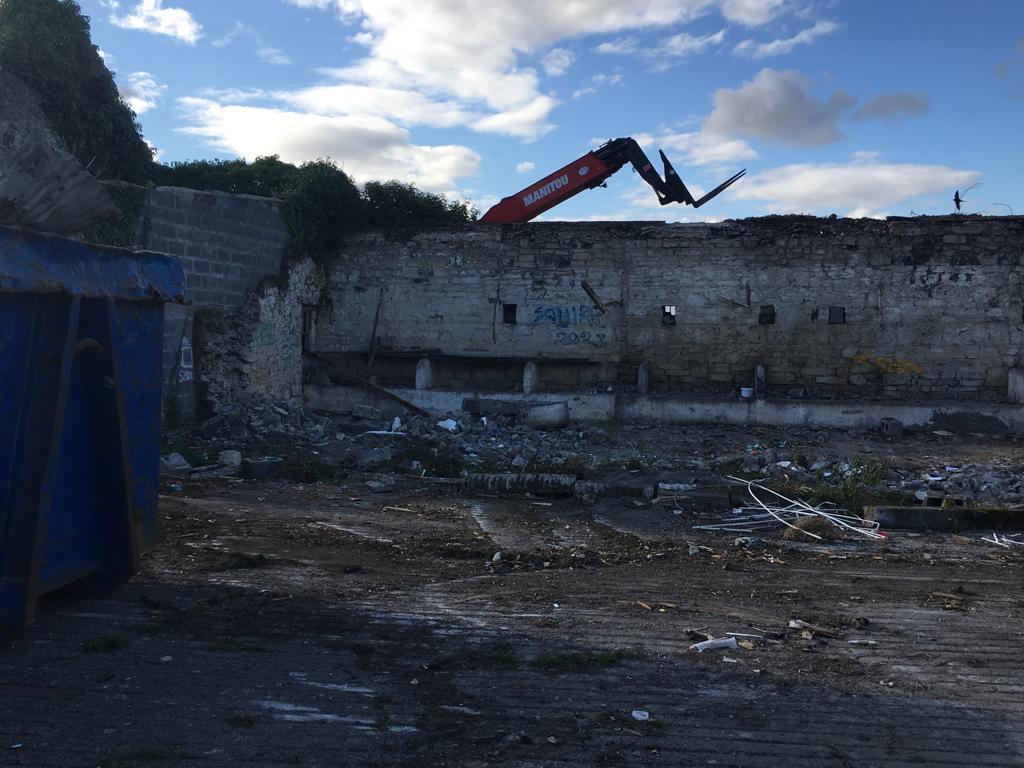
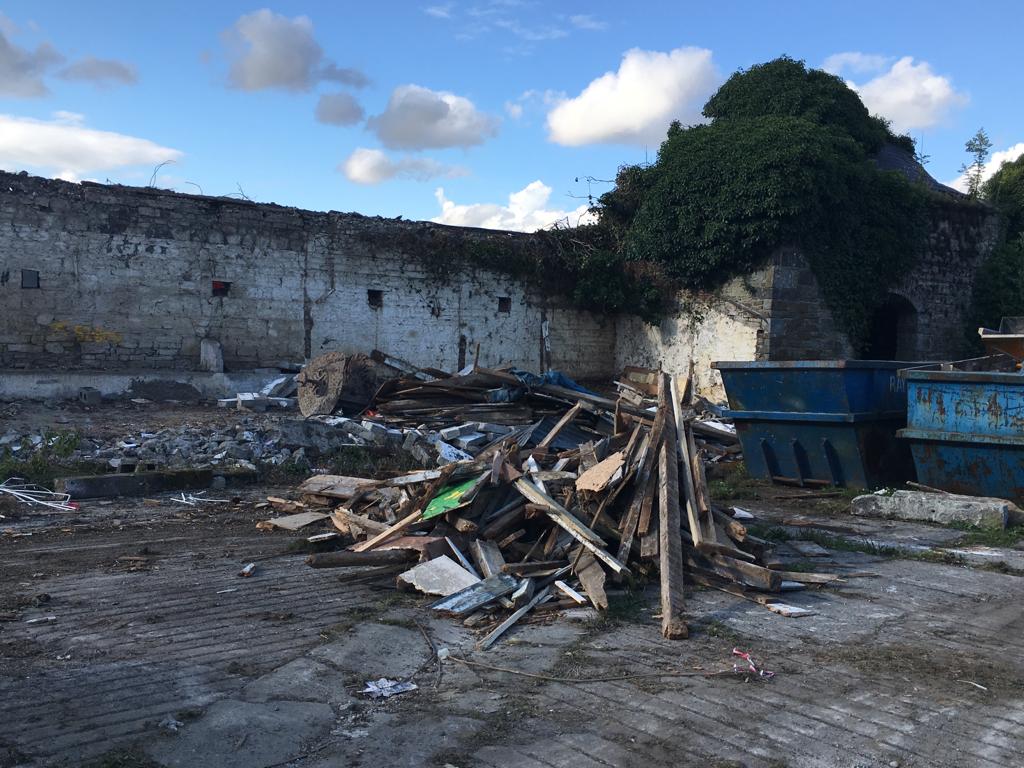
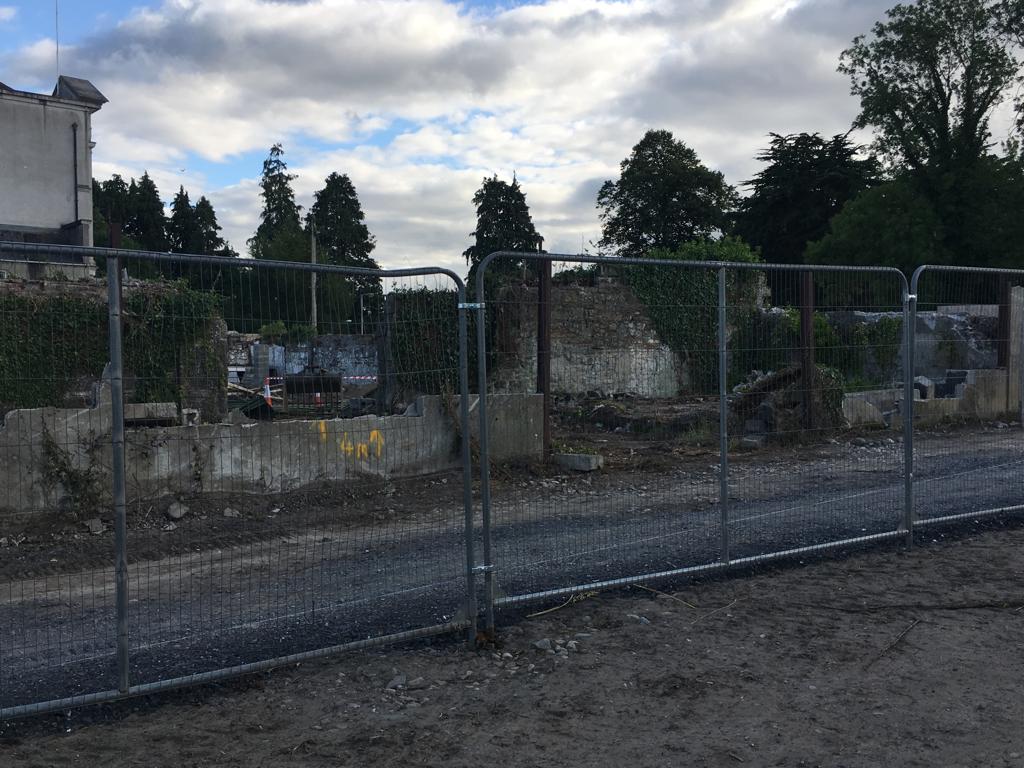
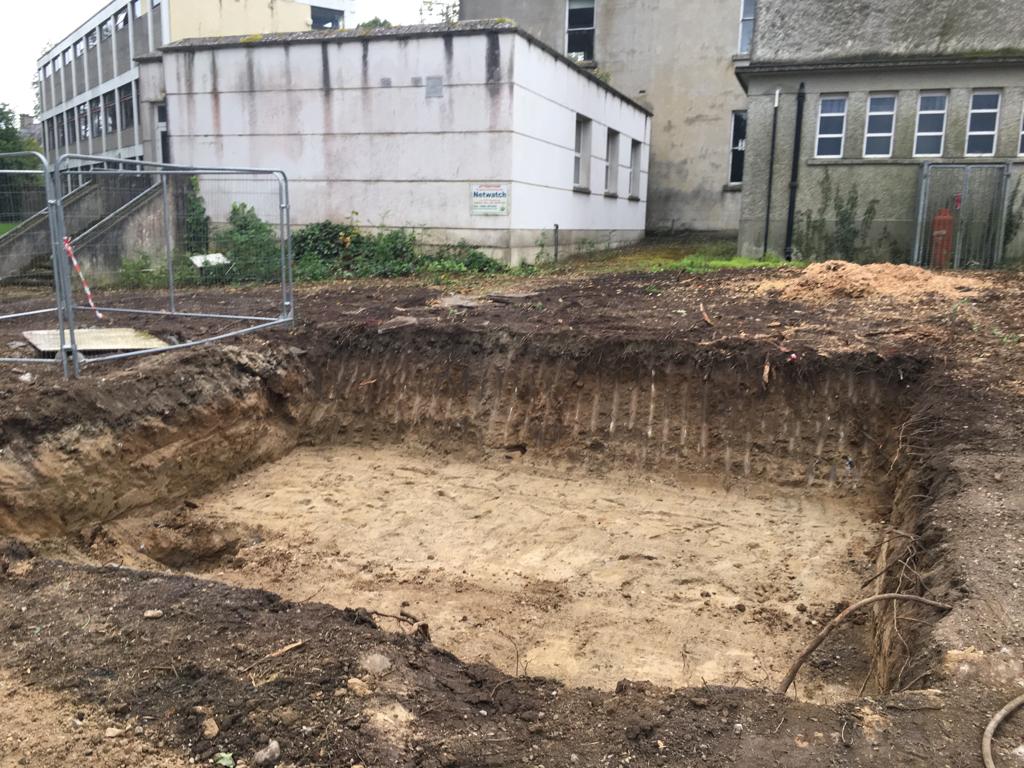
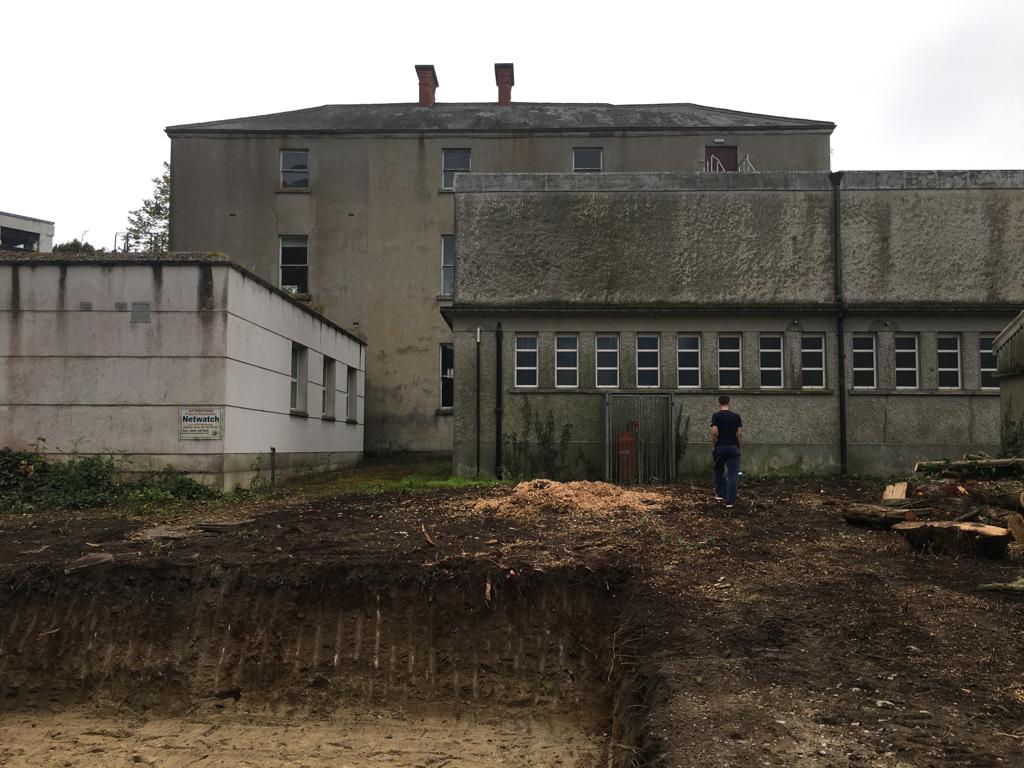
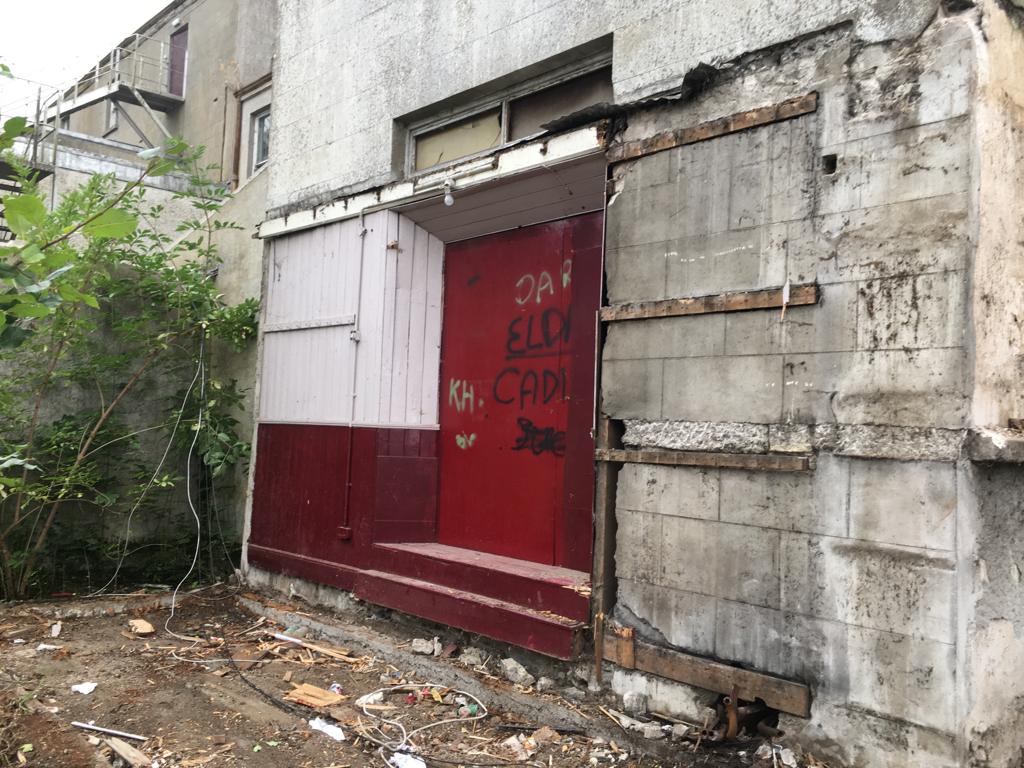
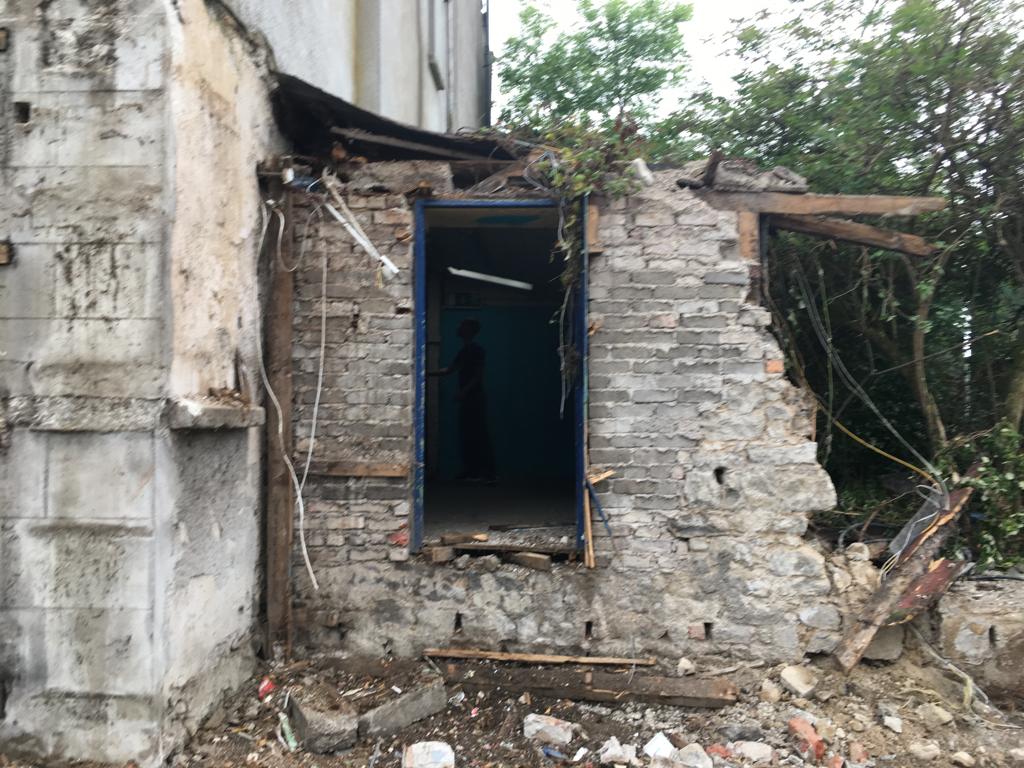
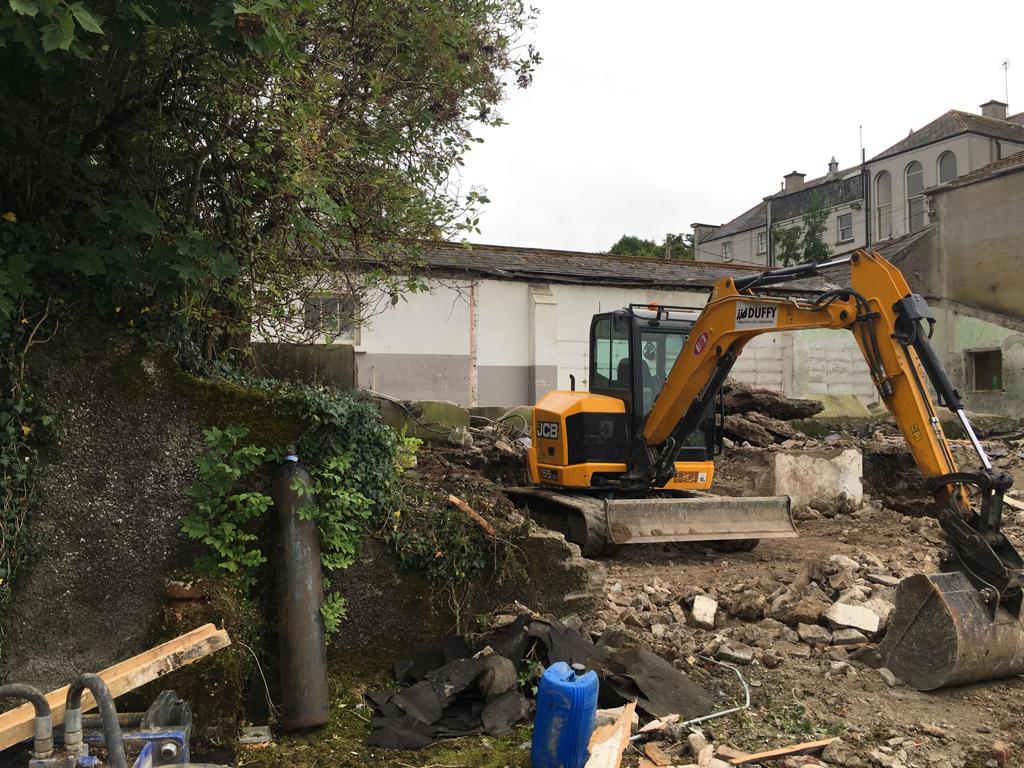
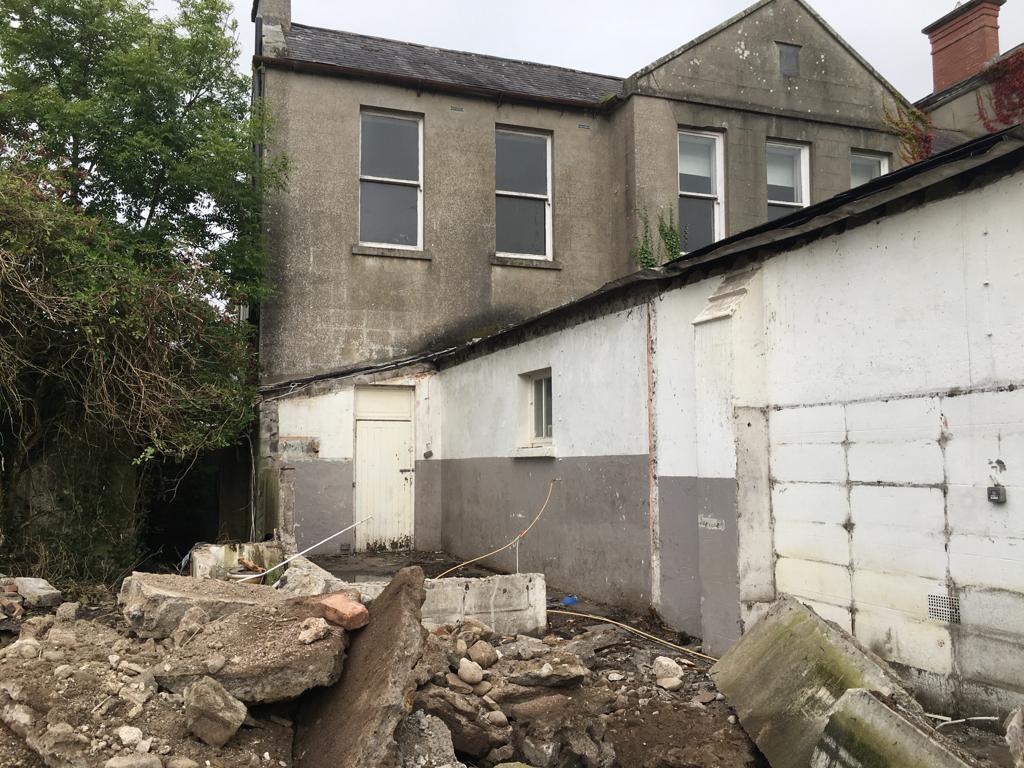
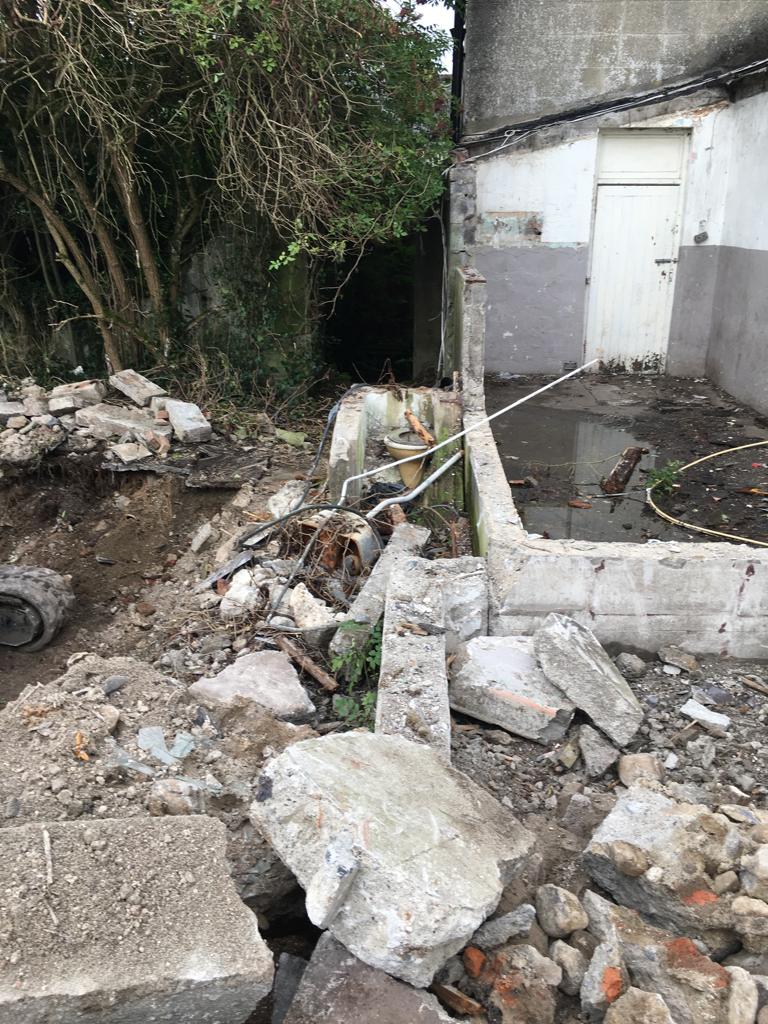
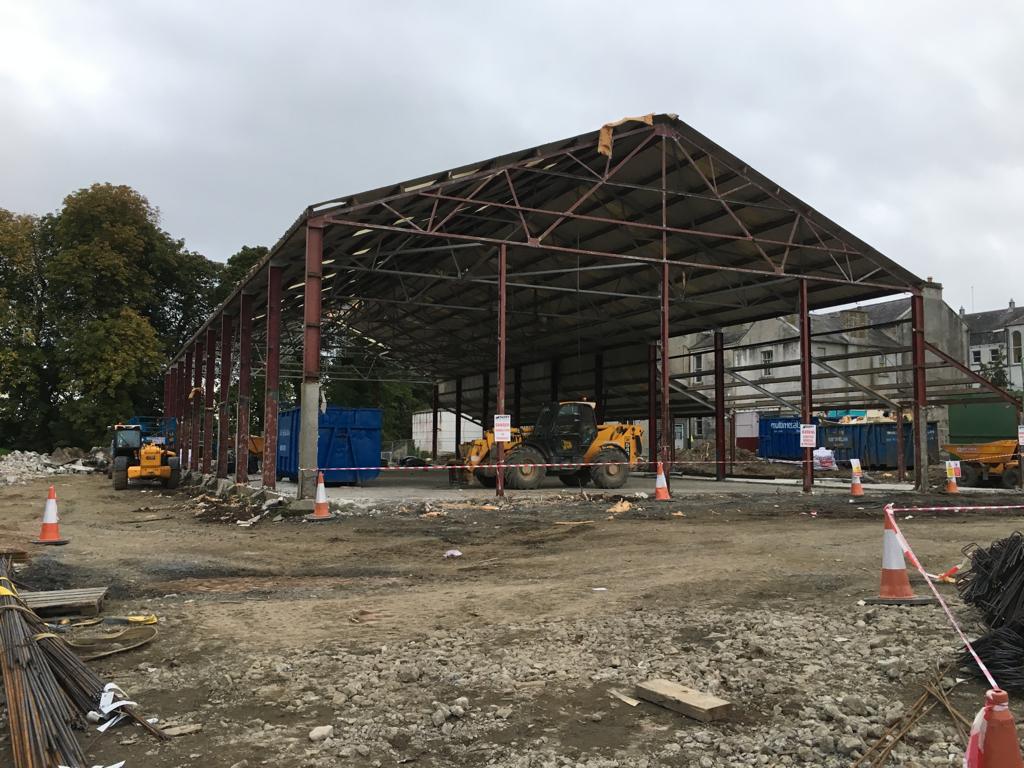
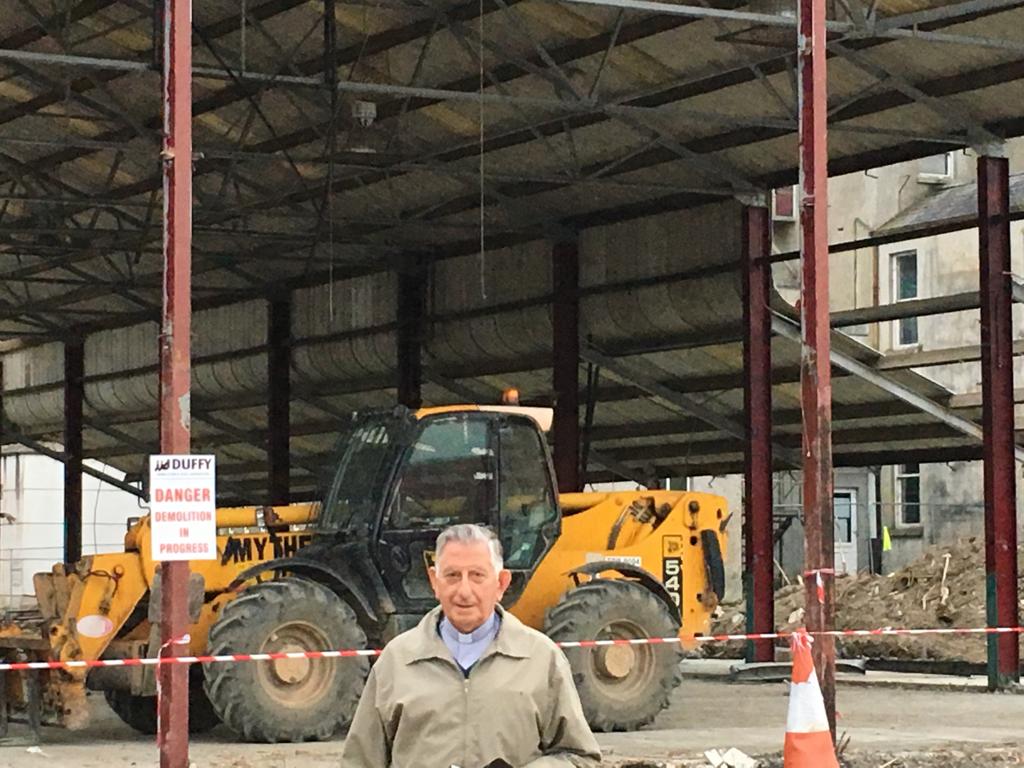
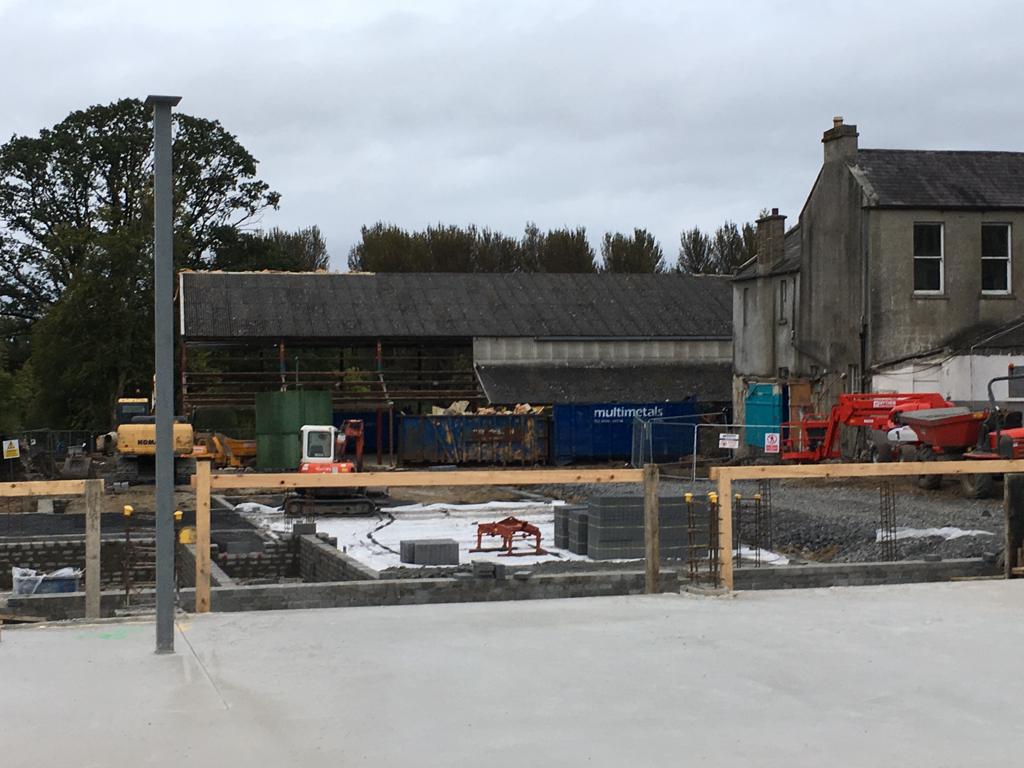
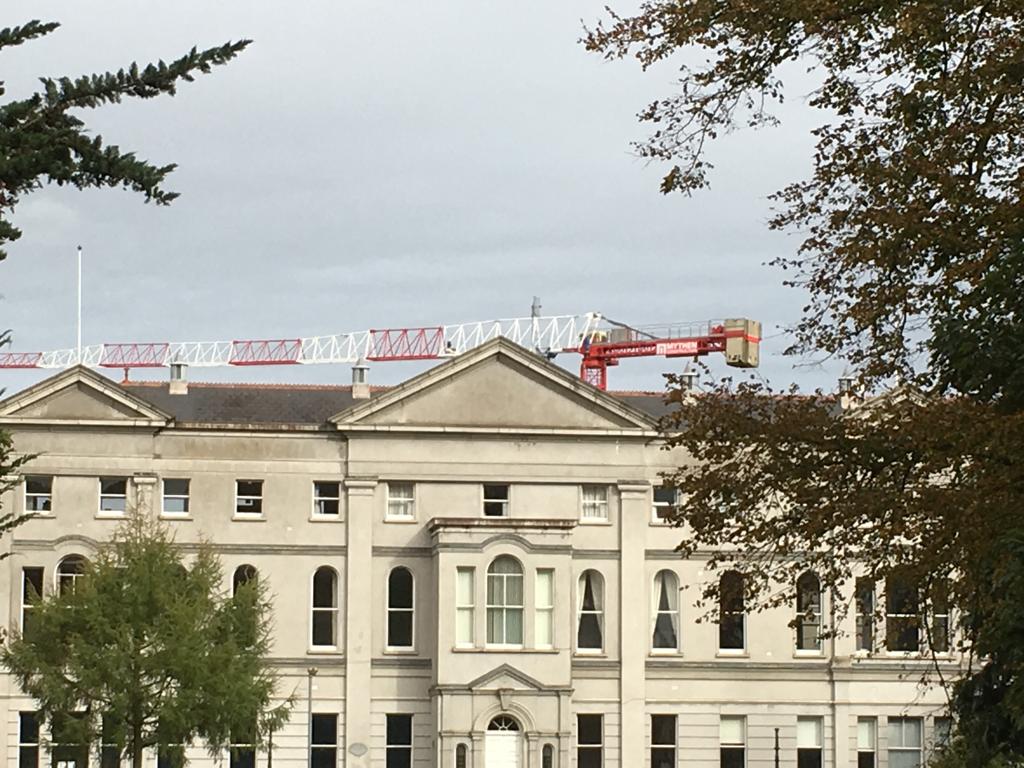
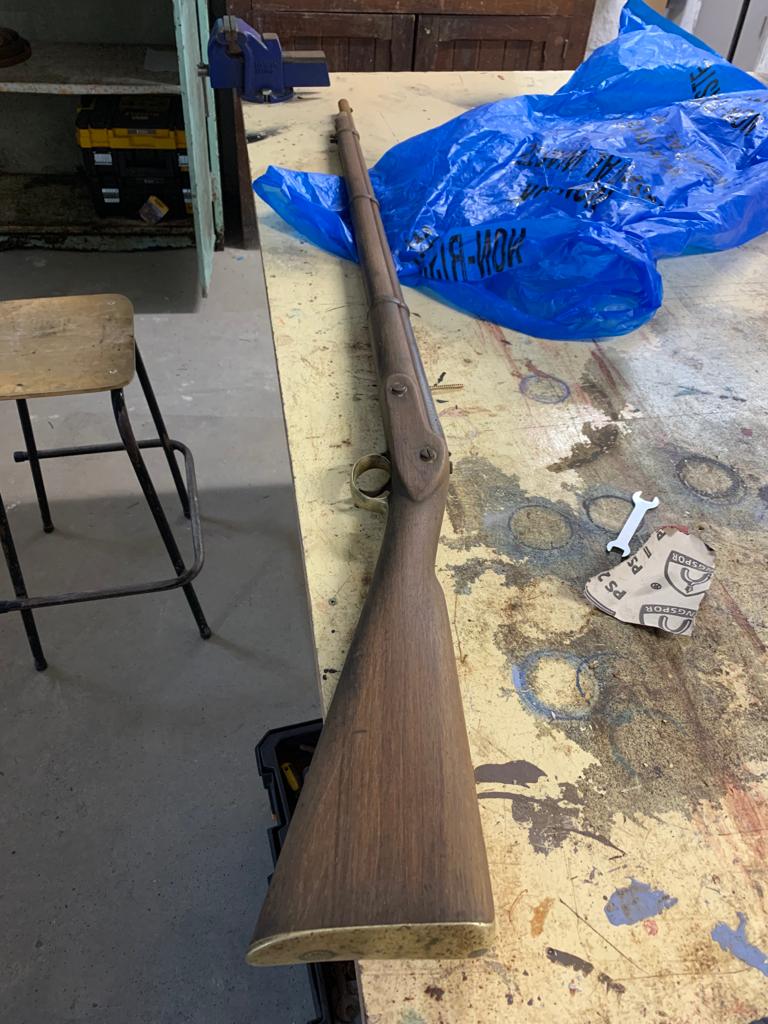
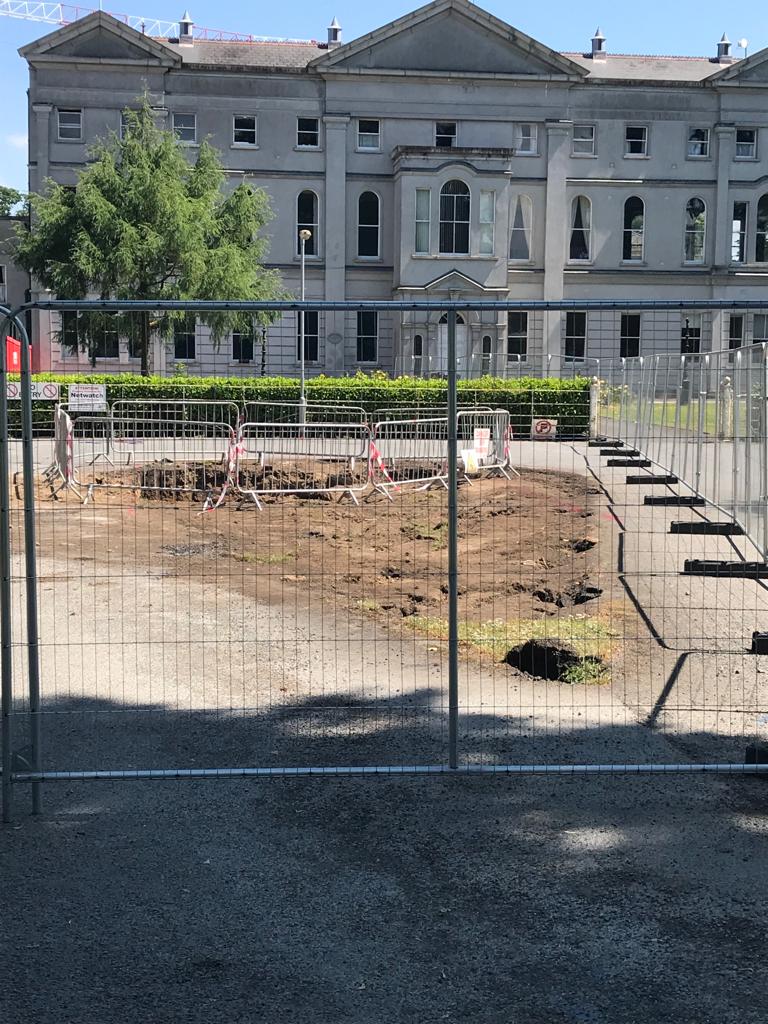
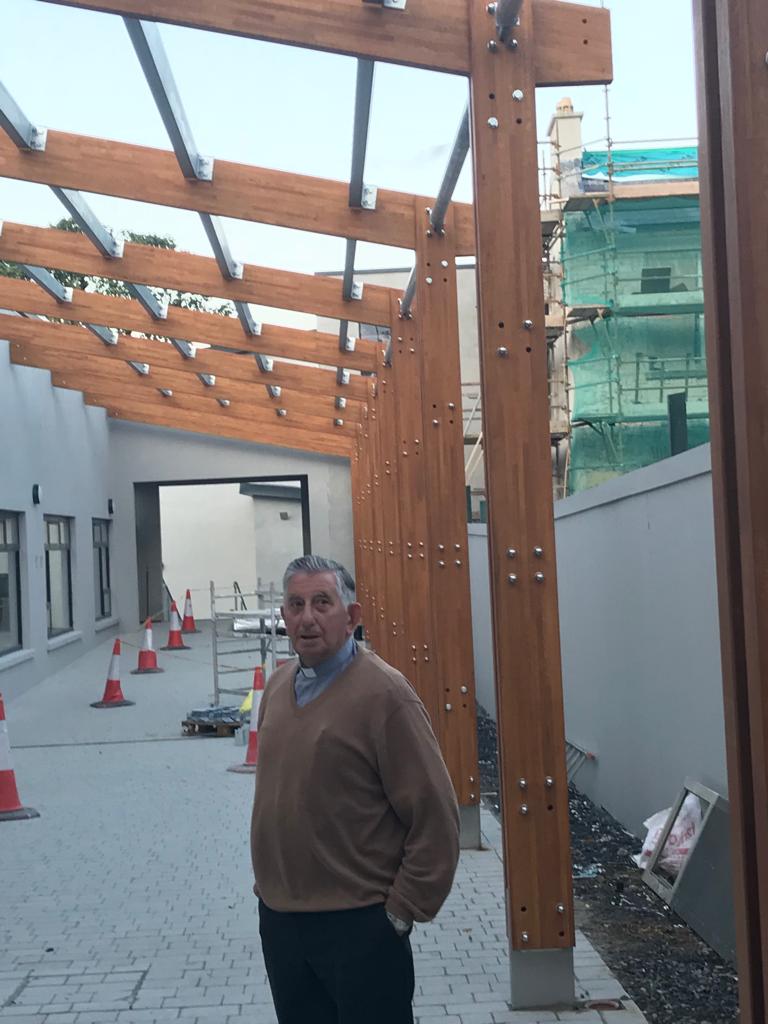
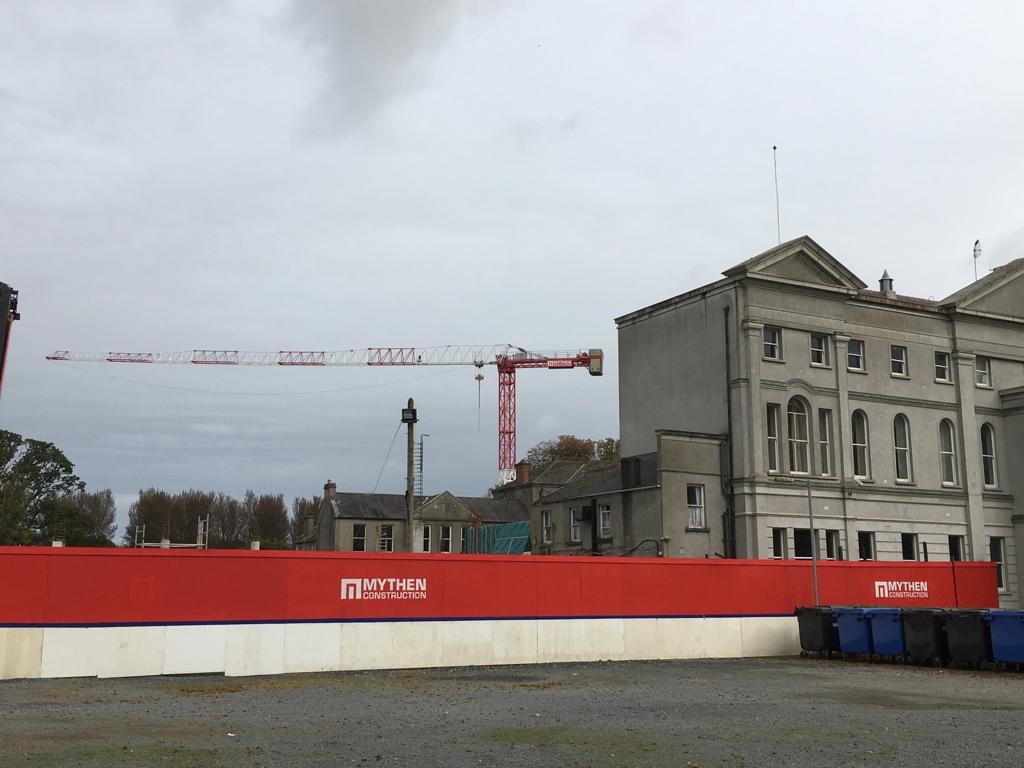
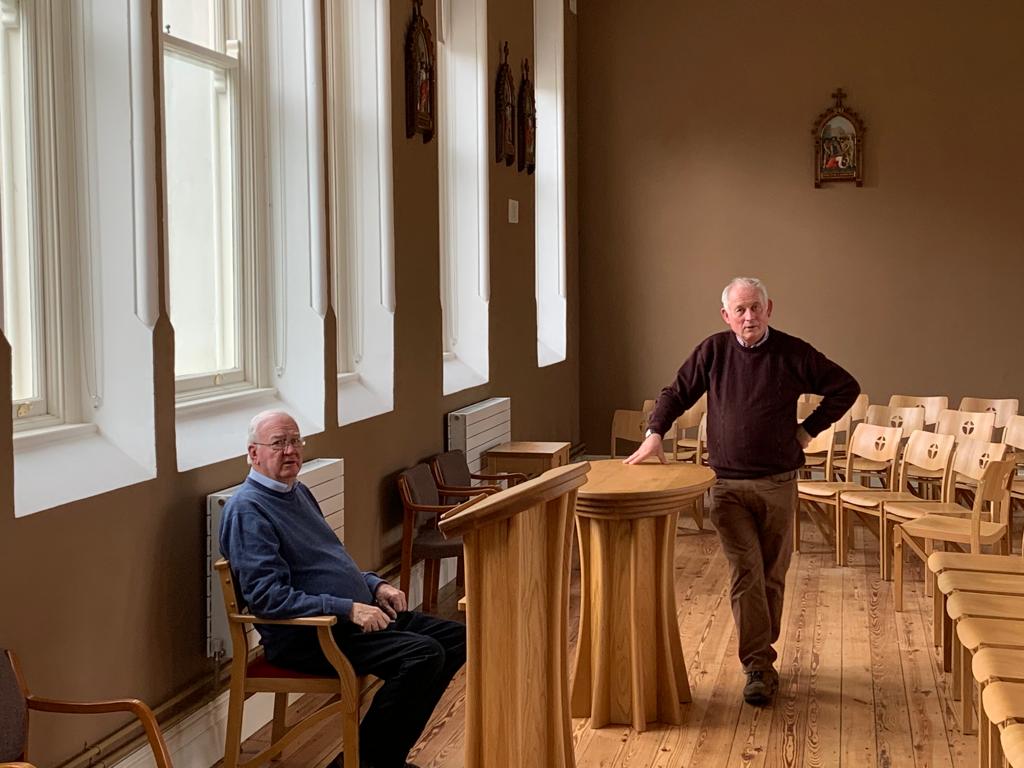
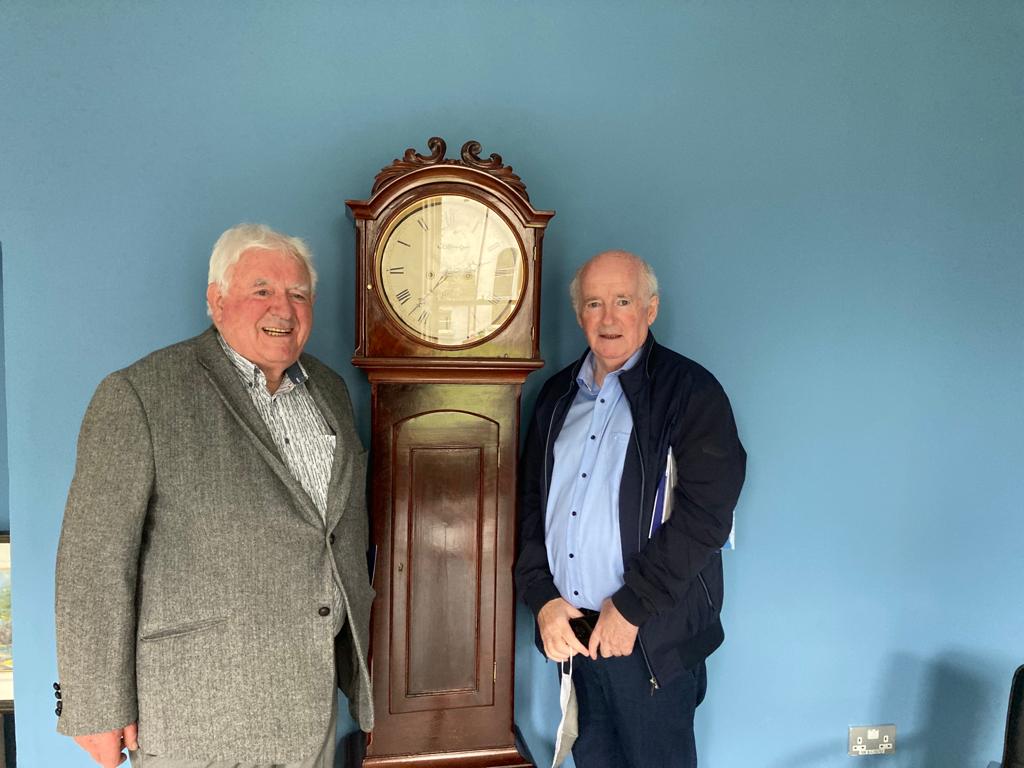
Project Completion
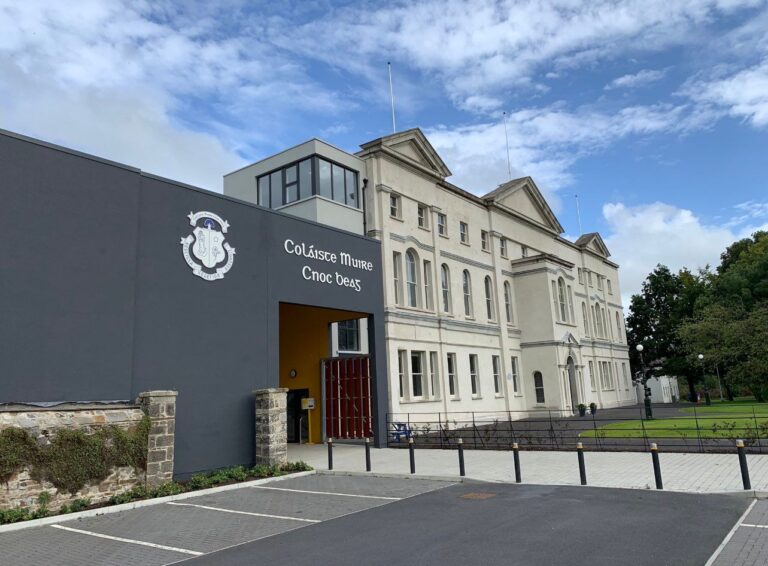
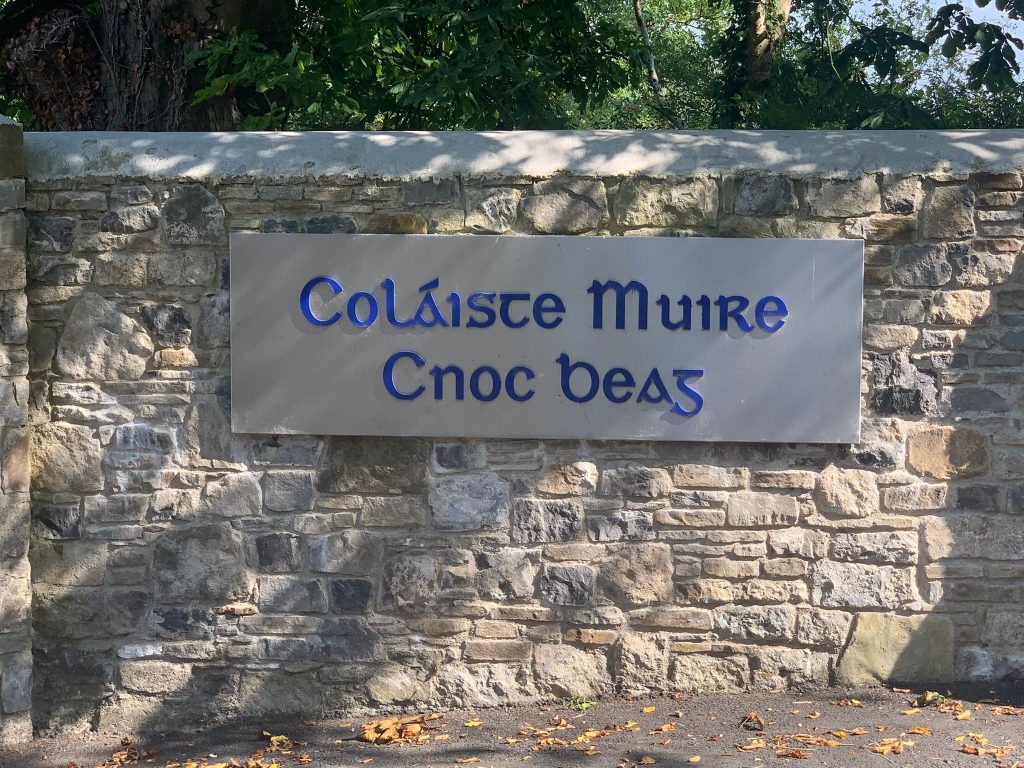
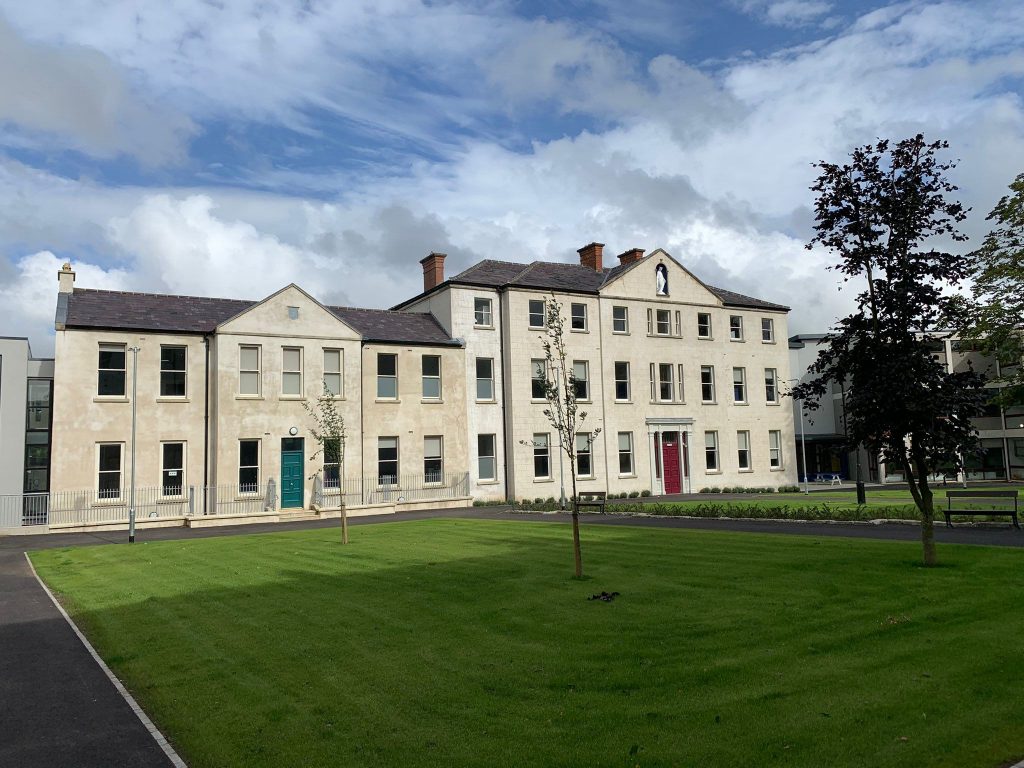
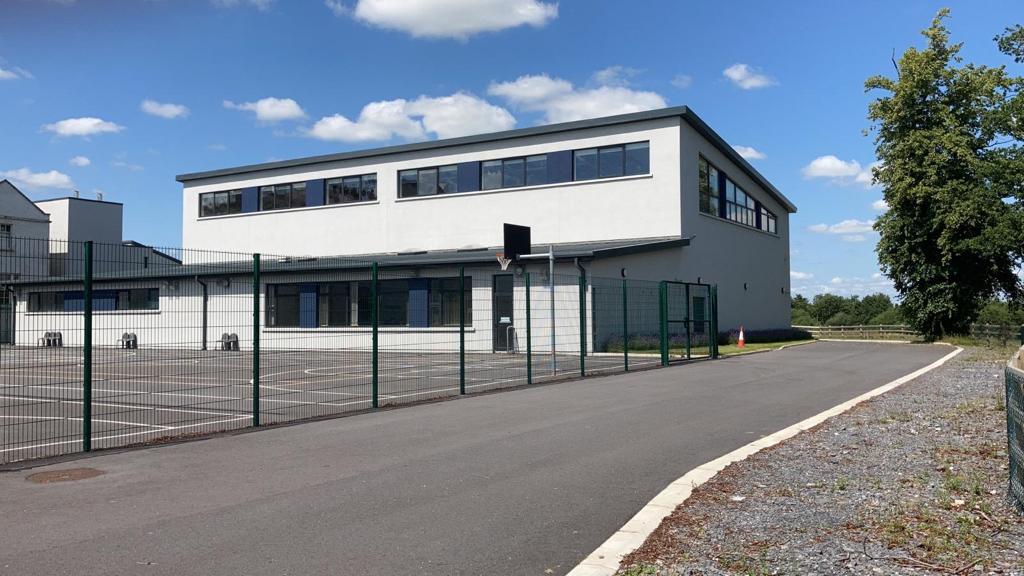
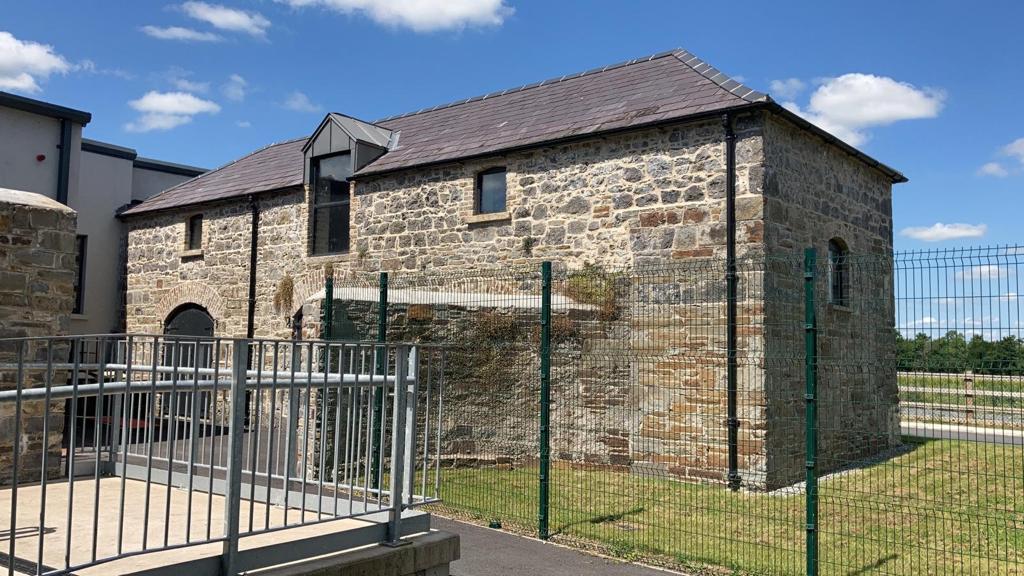
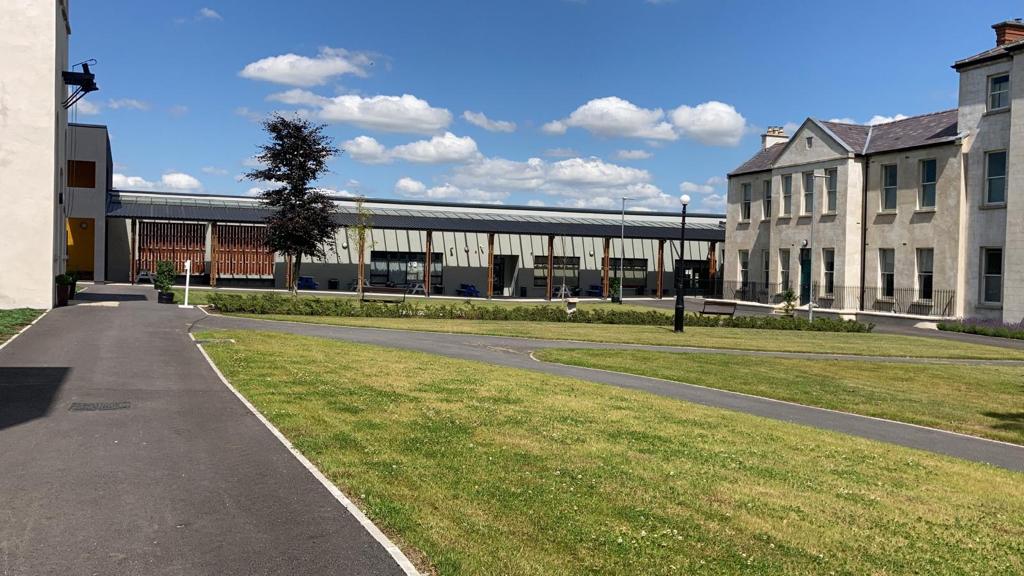
Drone Footage
of New
Development
2020
of New
Development
Official Opening
Covid-19 held up the grand opening but Knockbeg shone in glorious sunshine on Sept 10 , 2021 as Laois TD and former pupil, Charlie Flanagan, officially opened it. Fr John Dunphy, Bishop Denis Nulty, TD Charlie Flanagan and Principal Michael Carew all spoke in a ceremony that was presented by teacher Mr Jarleth Bolger.
Over the Years
